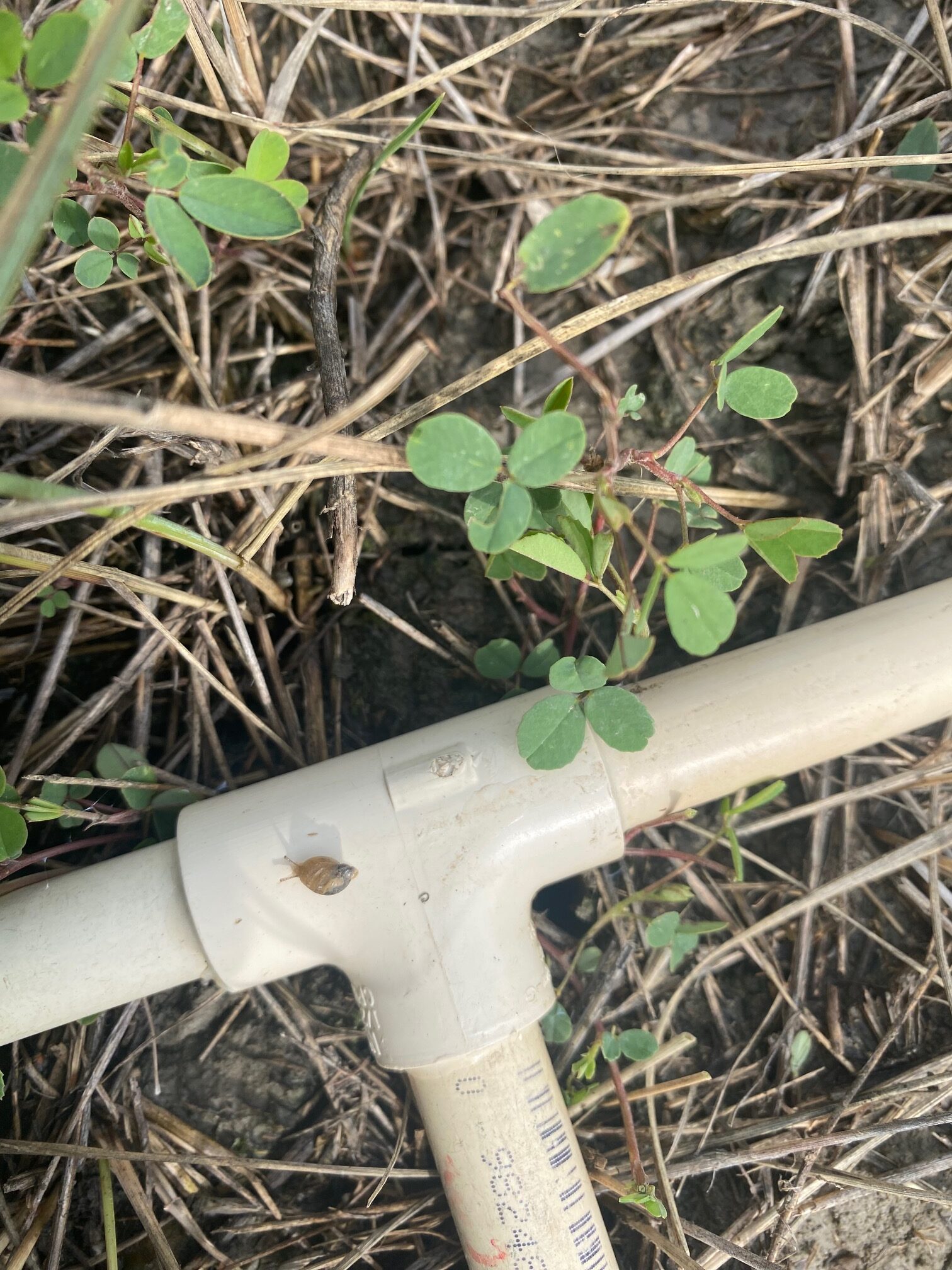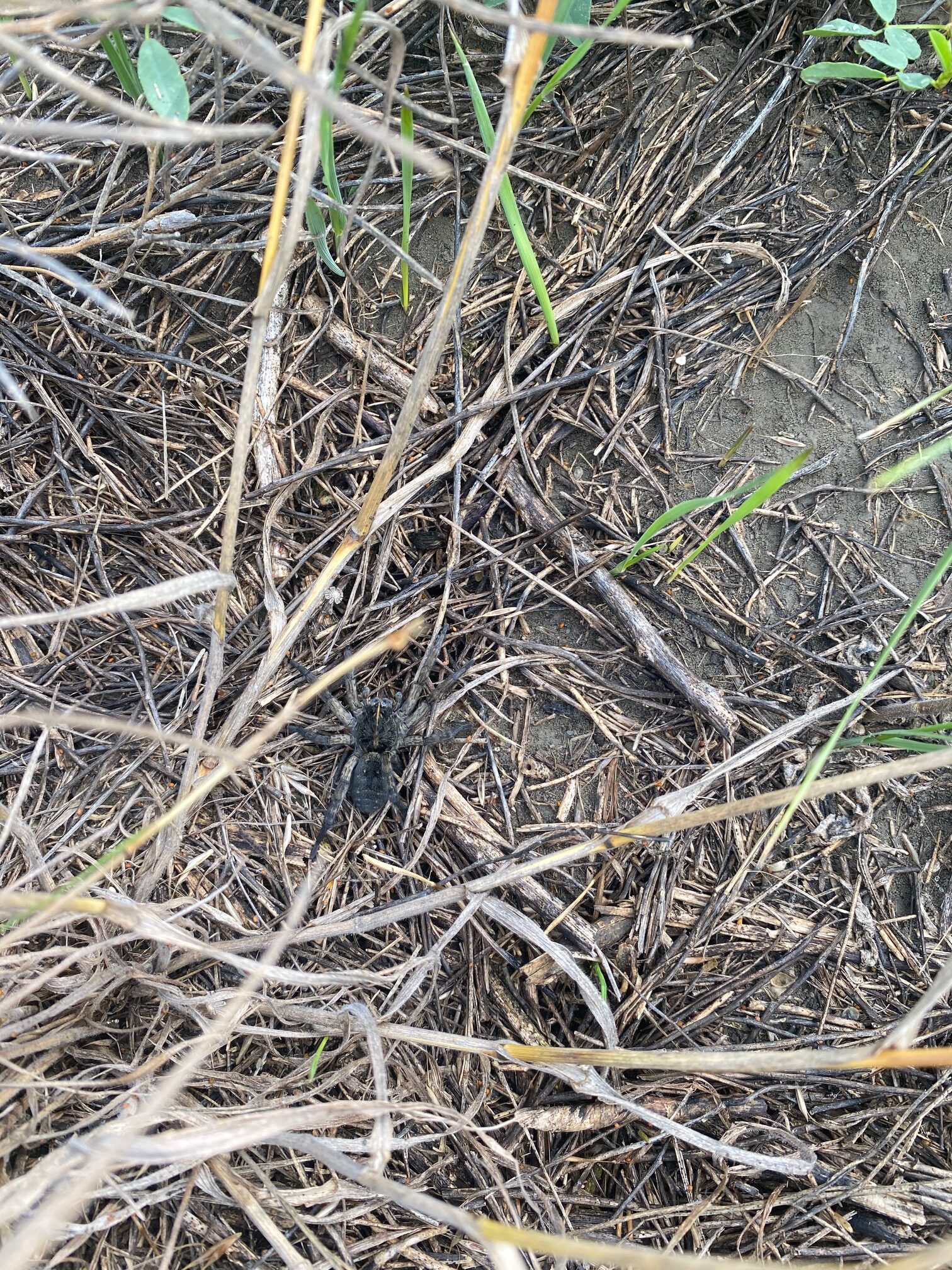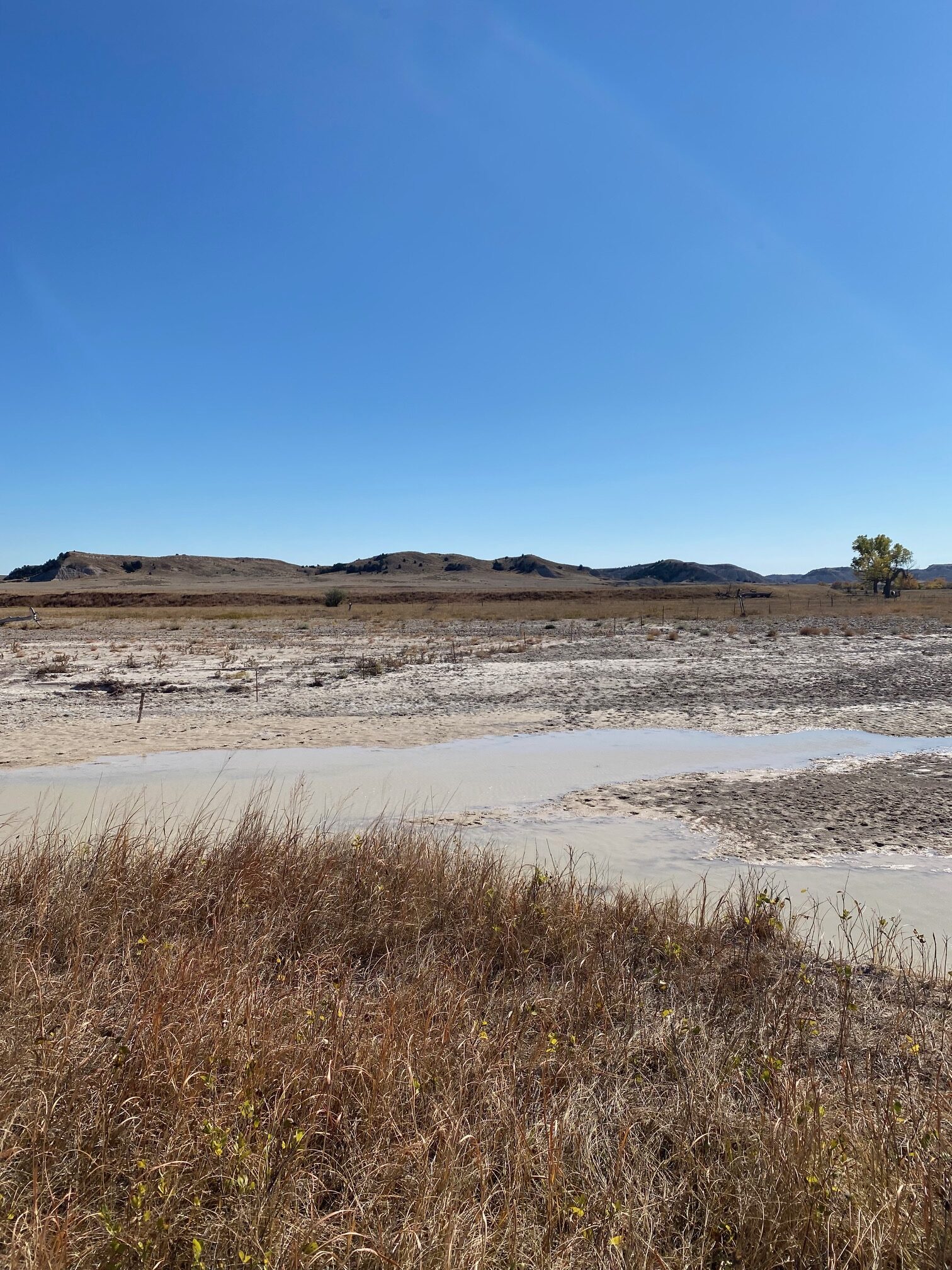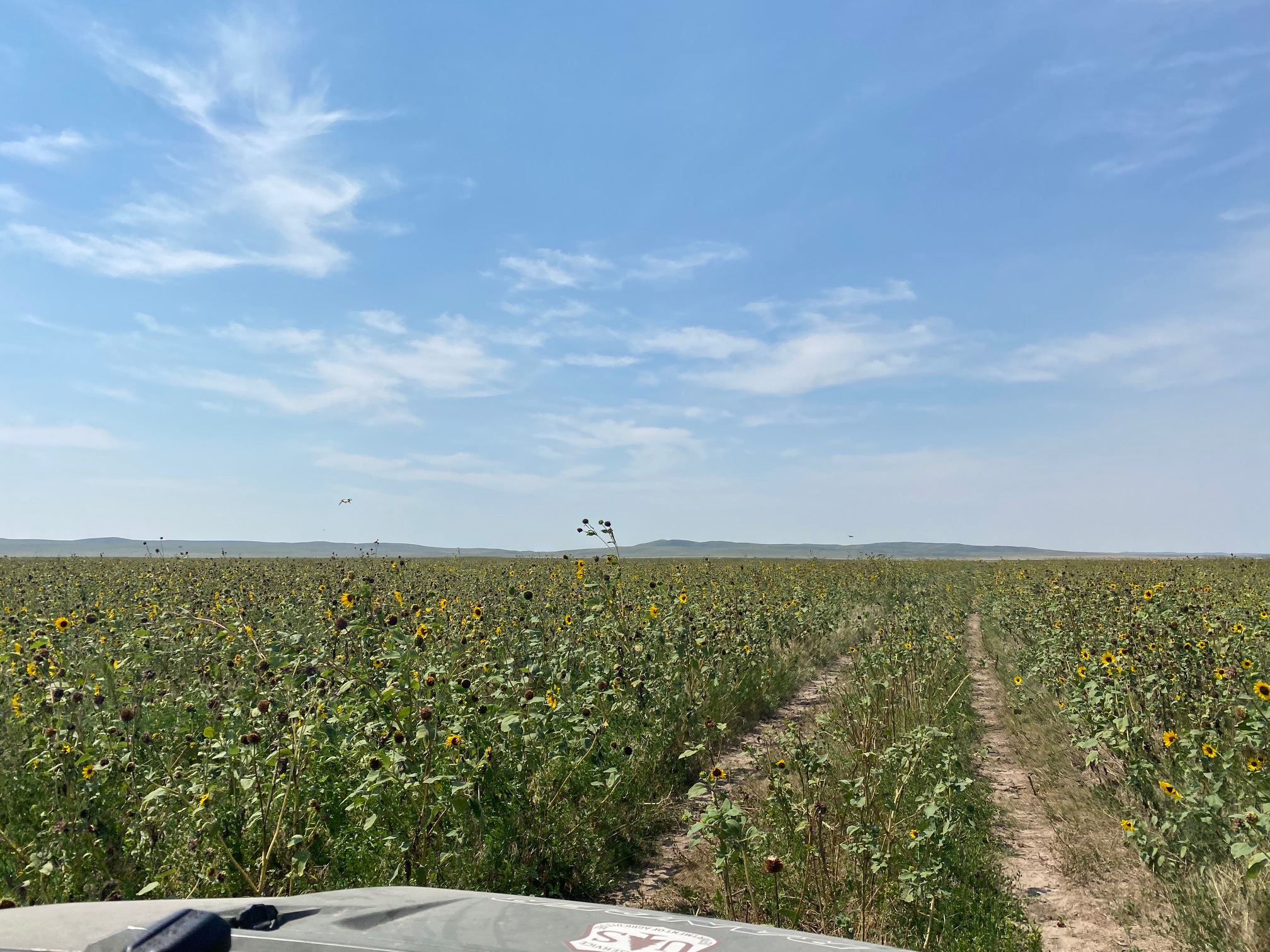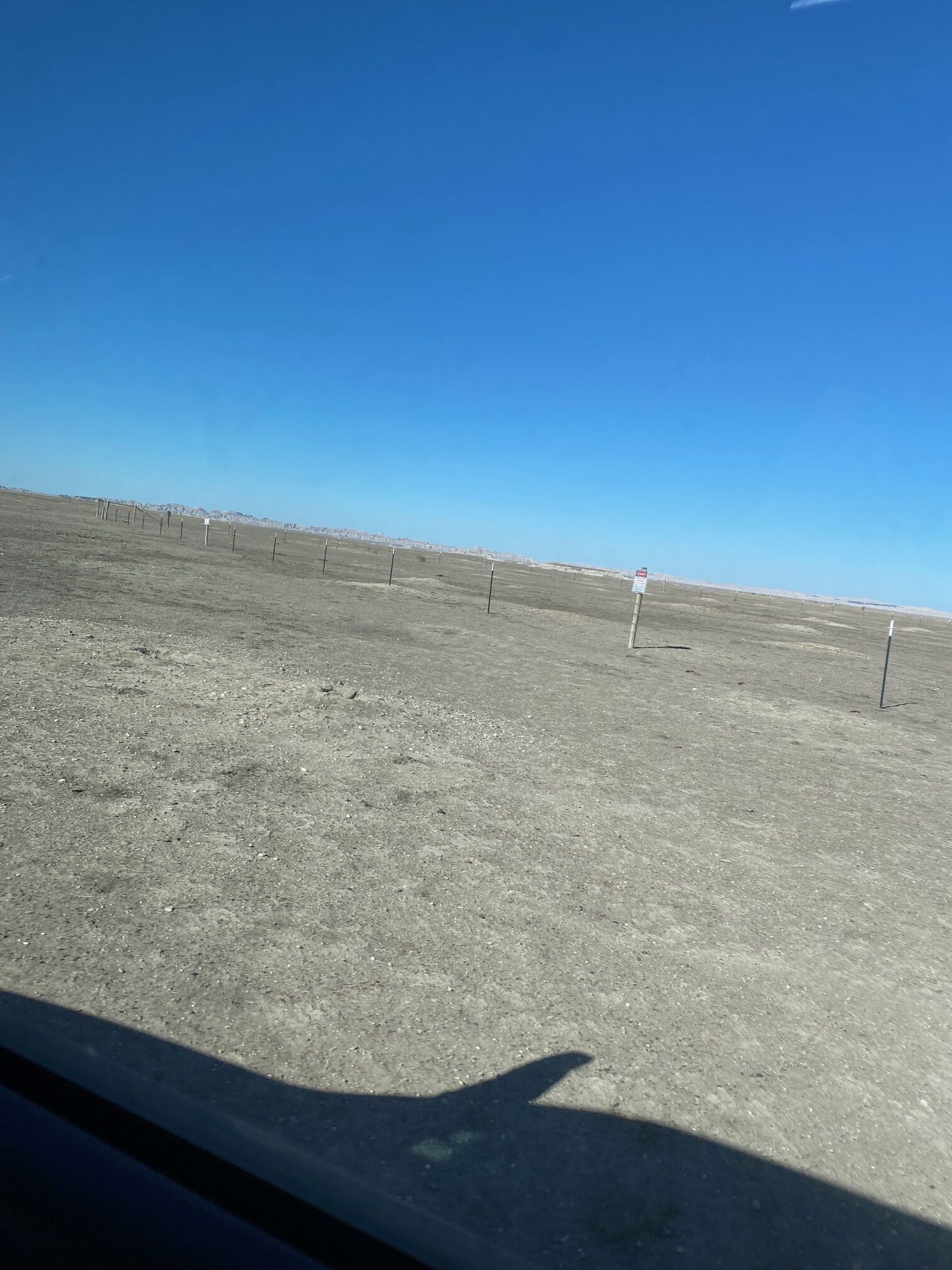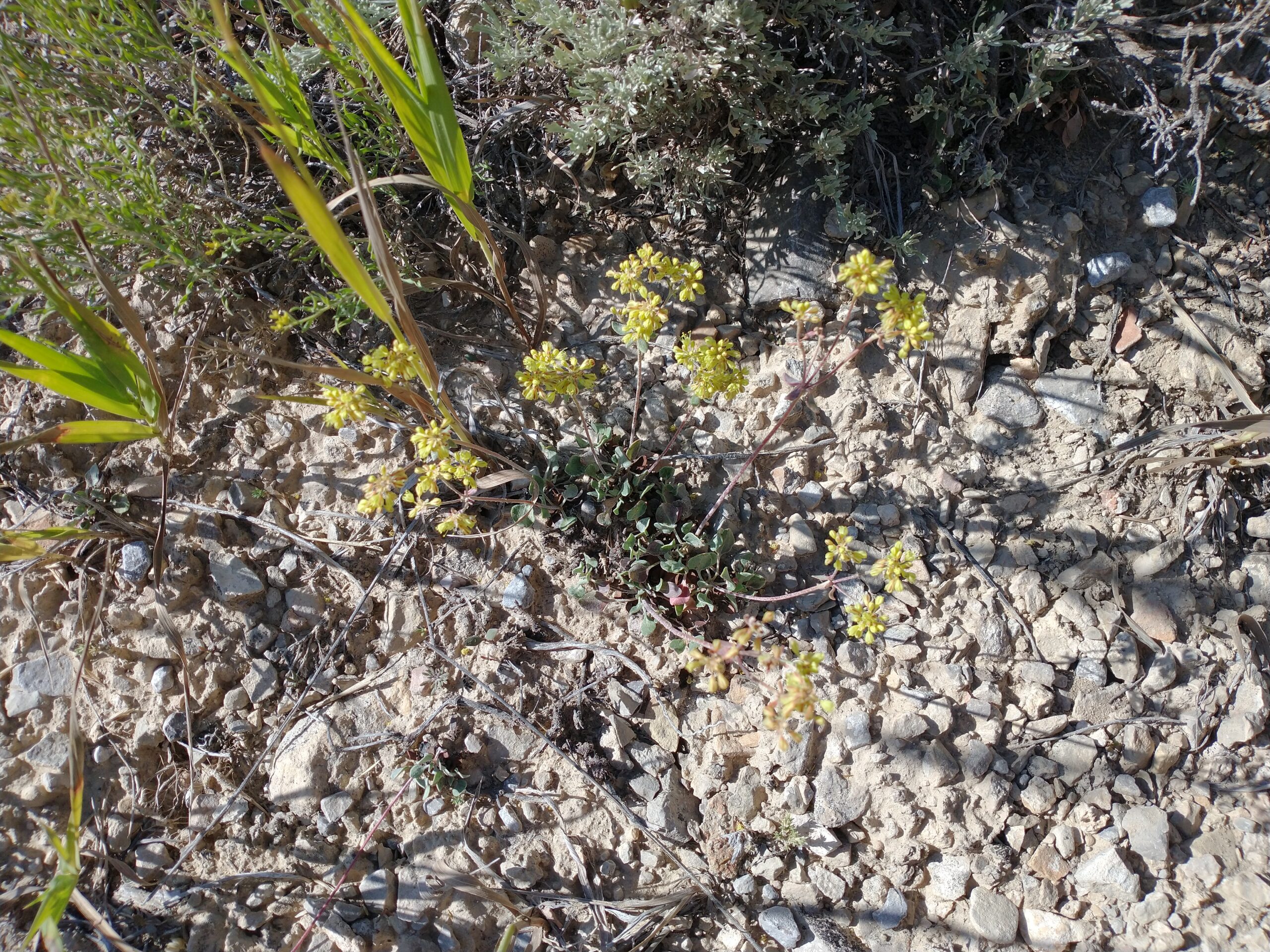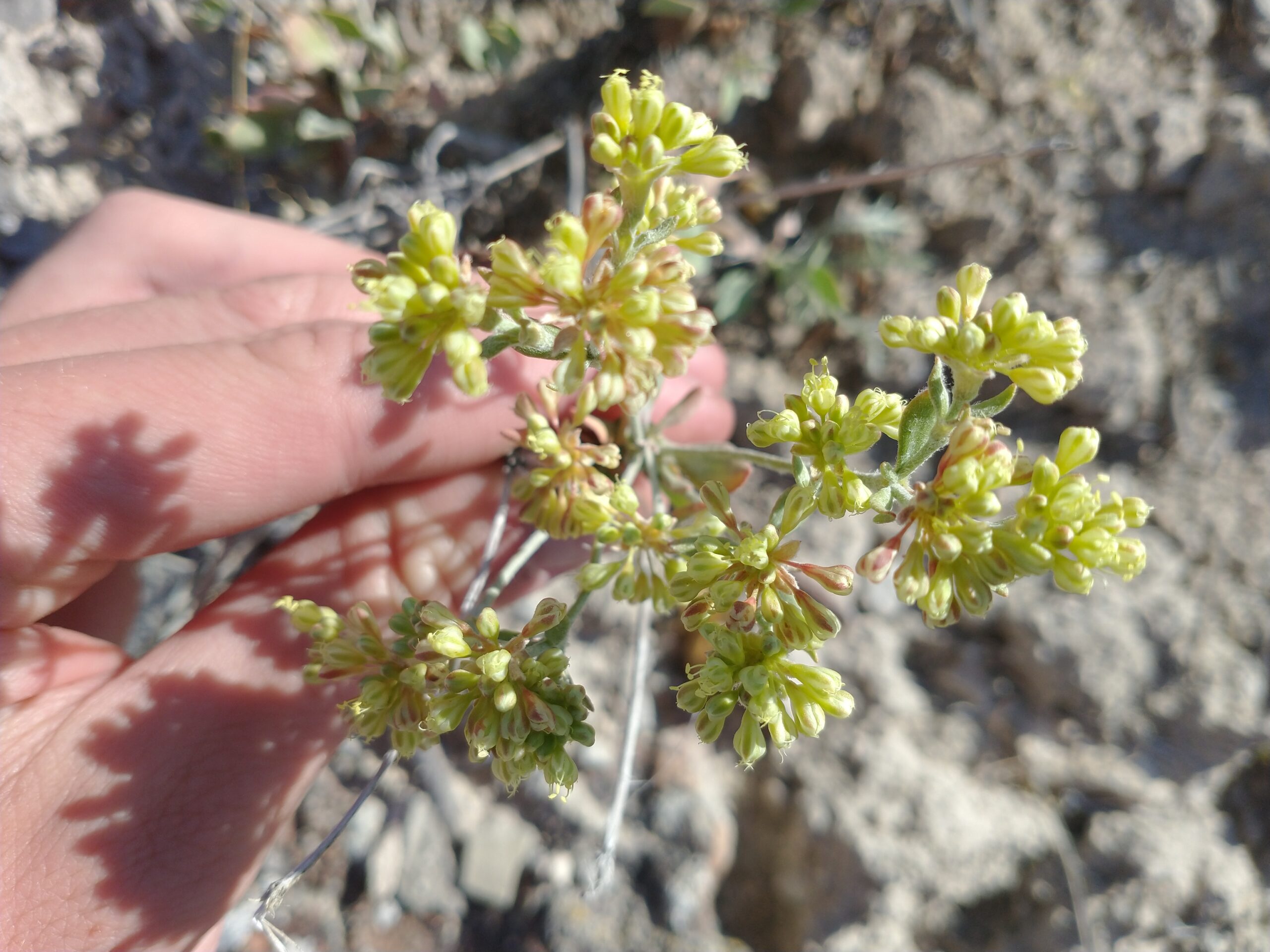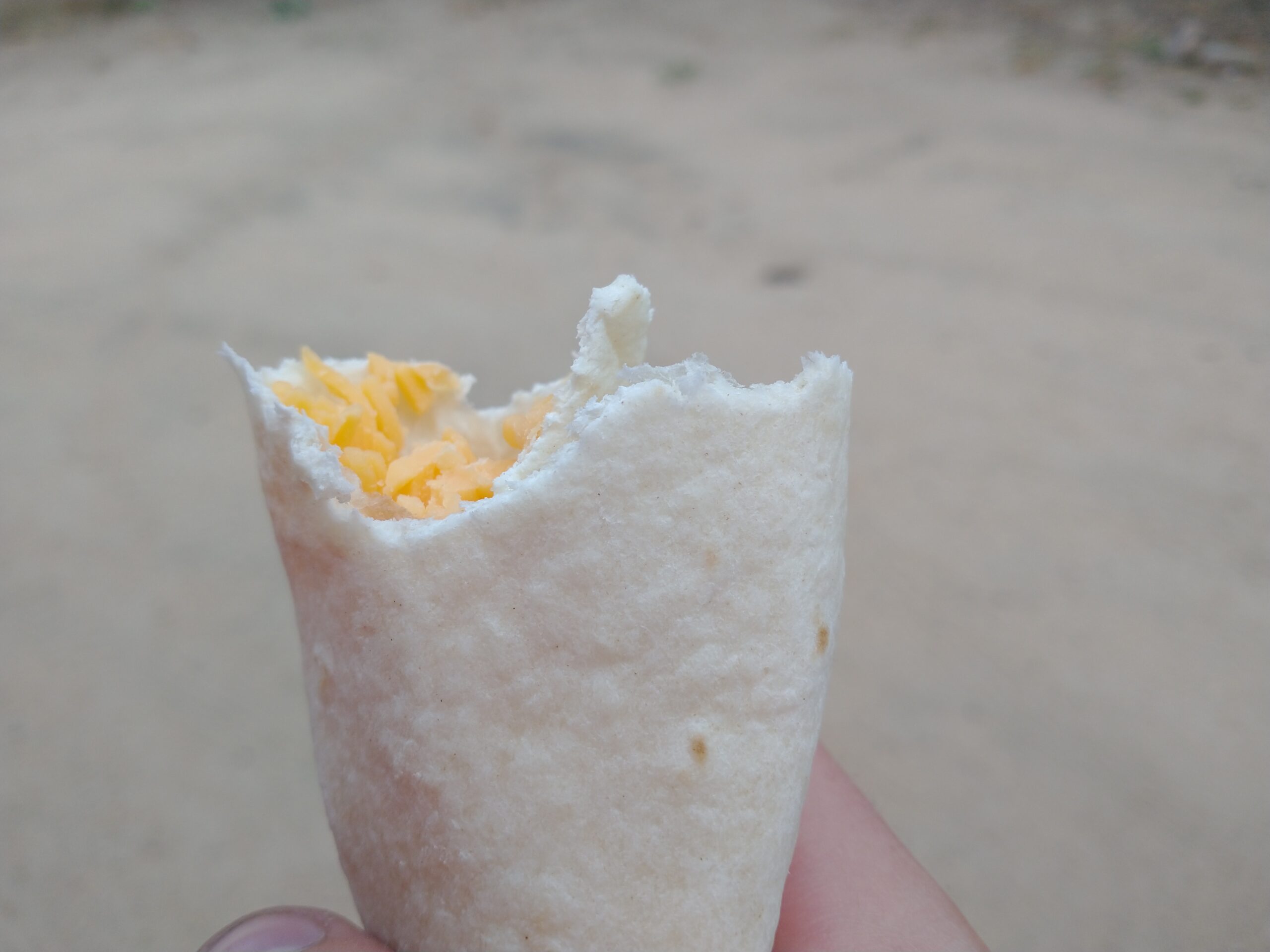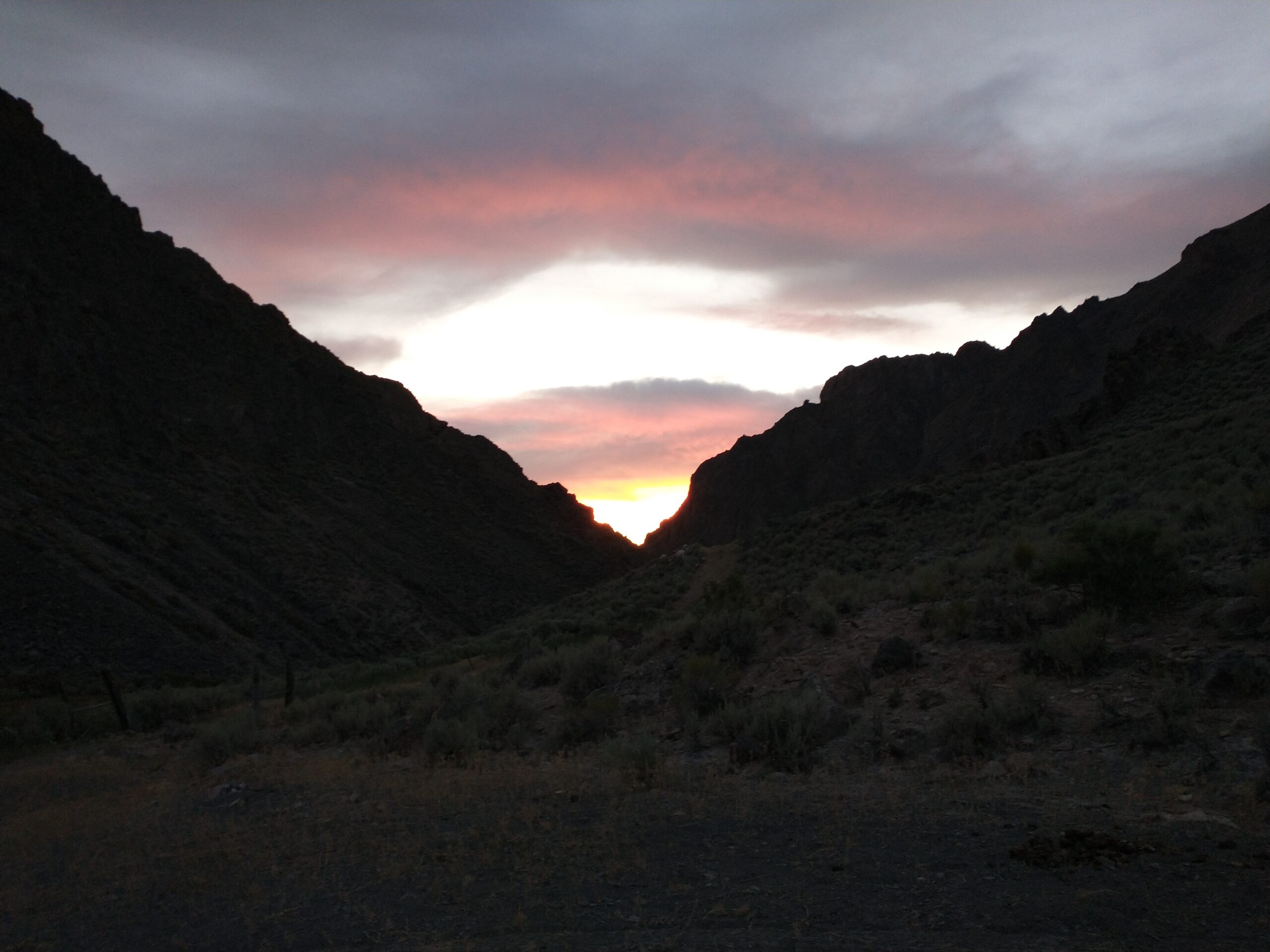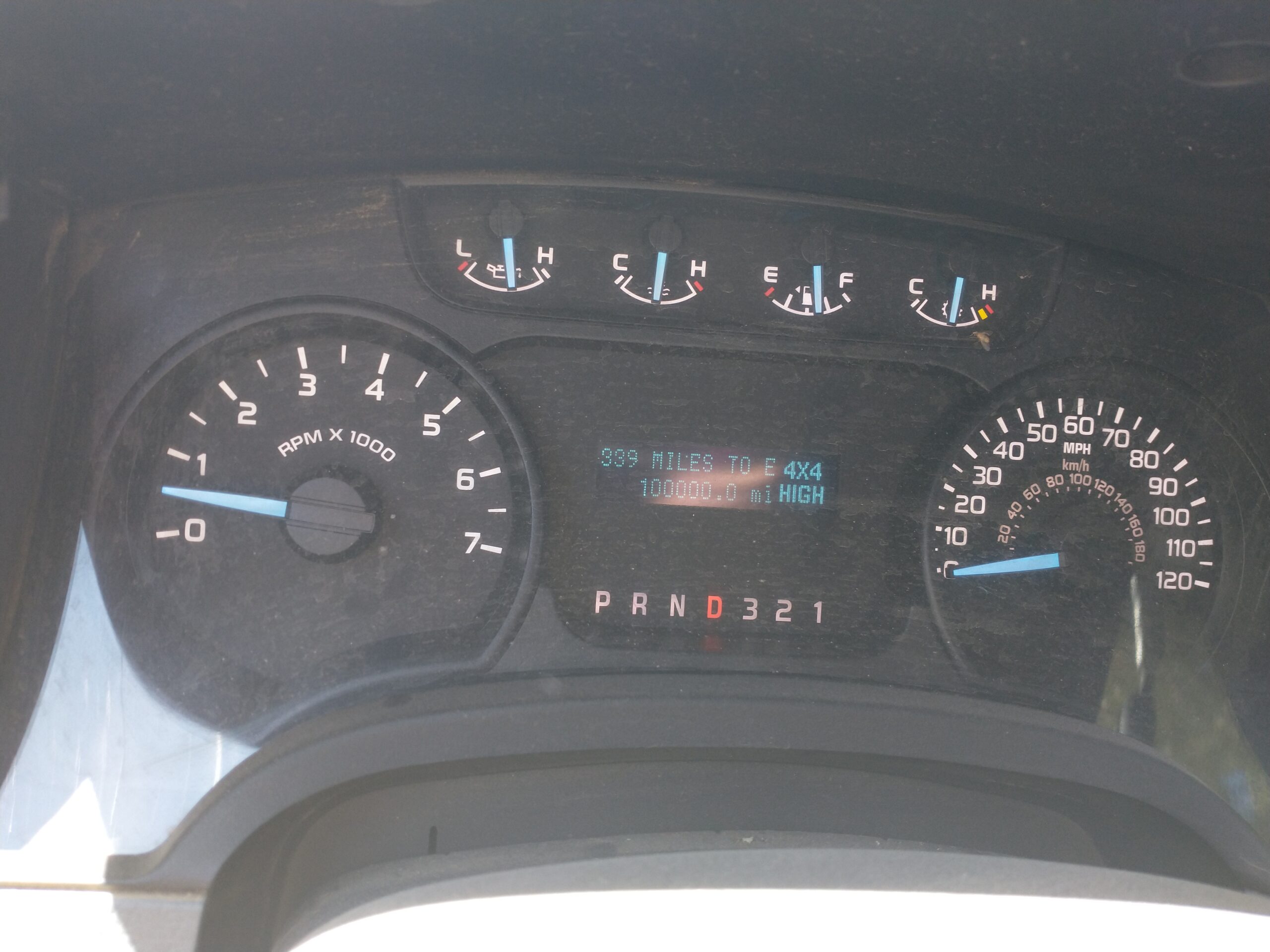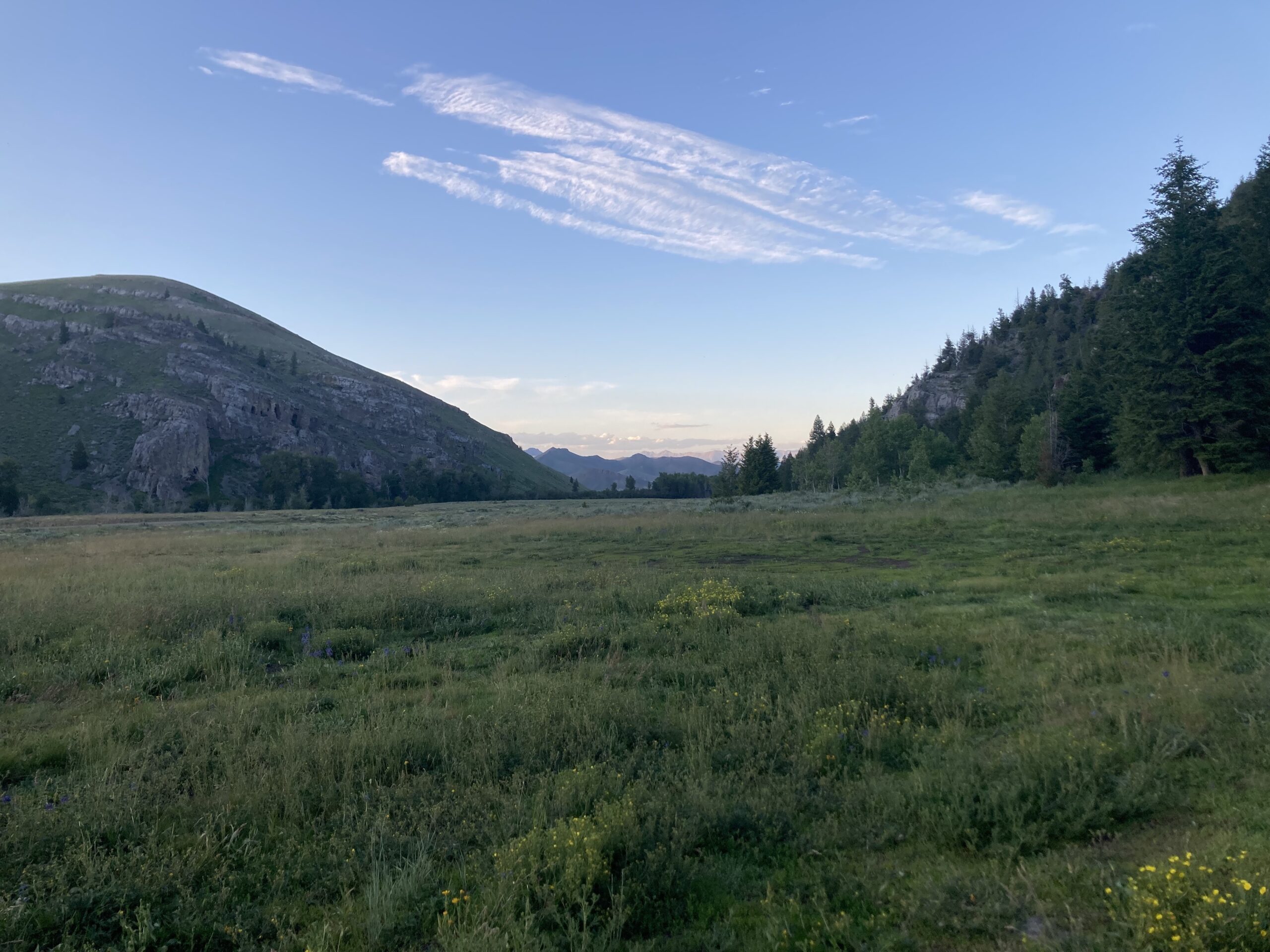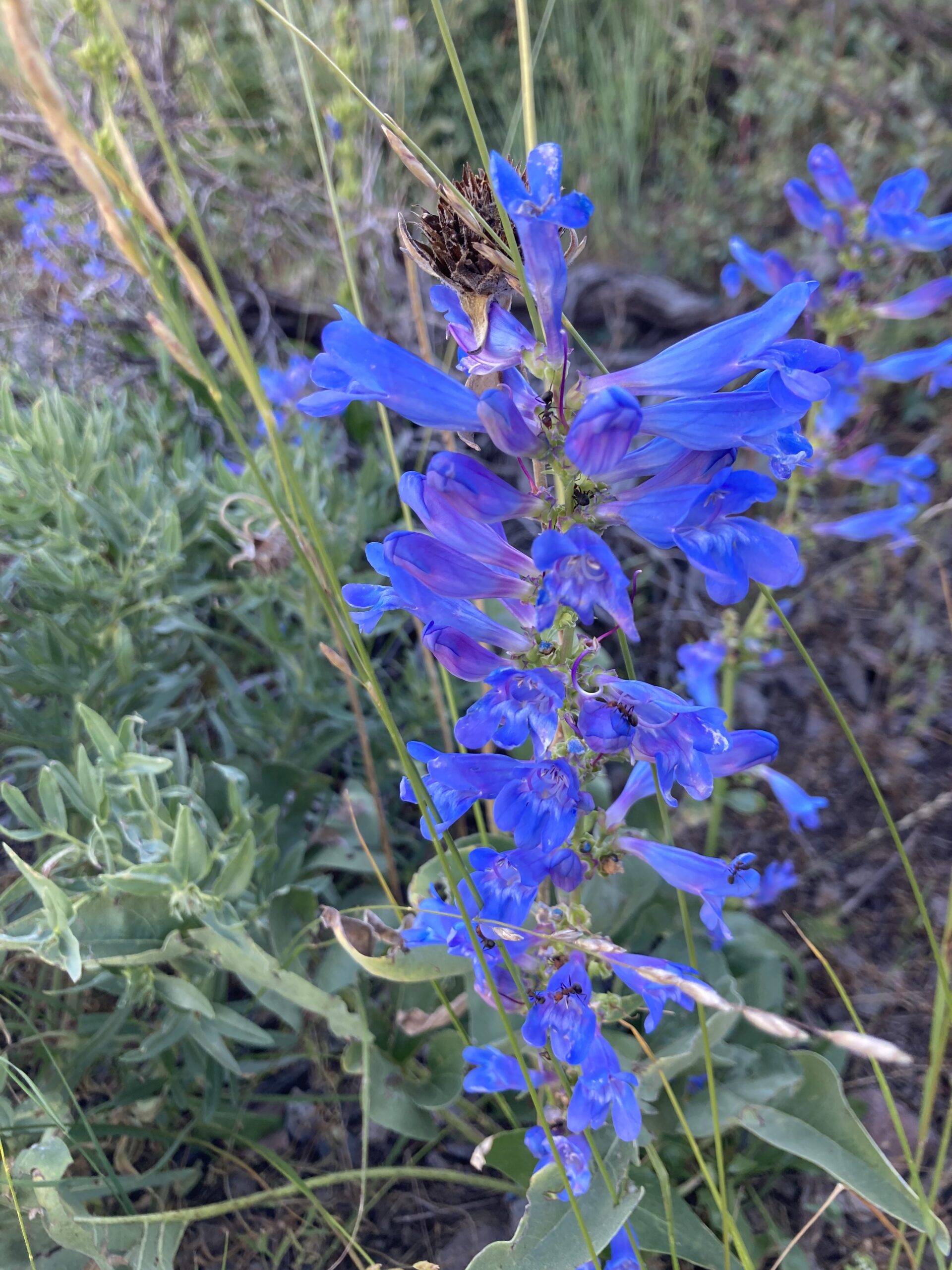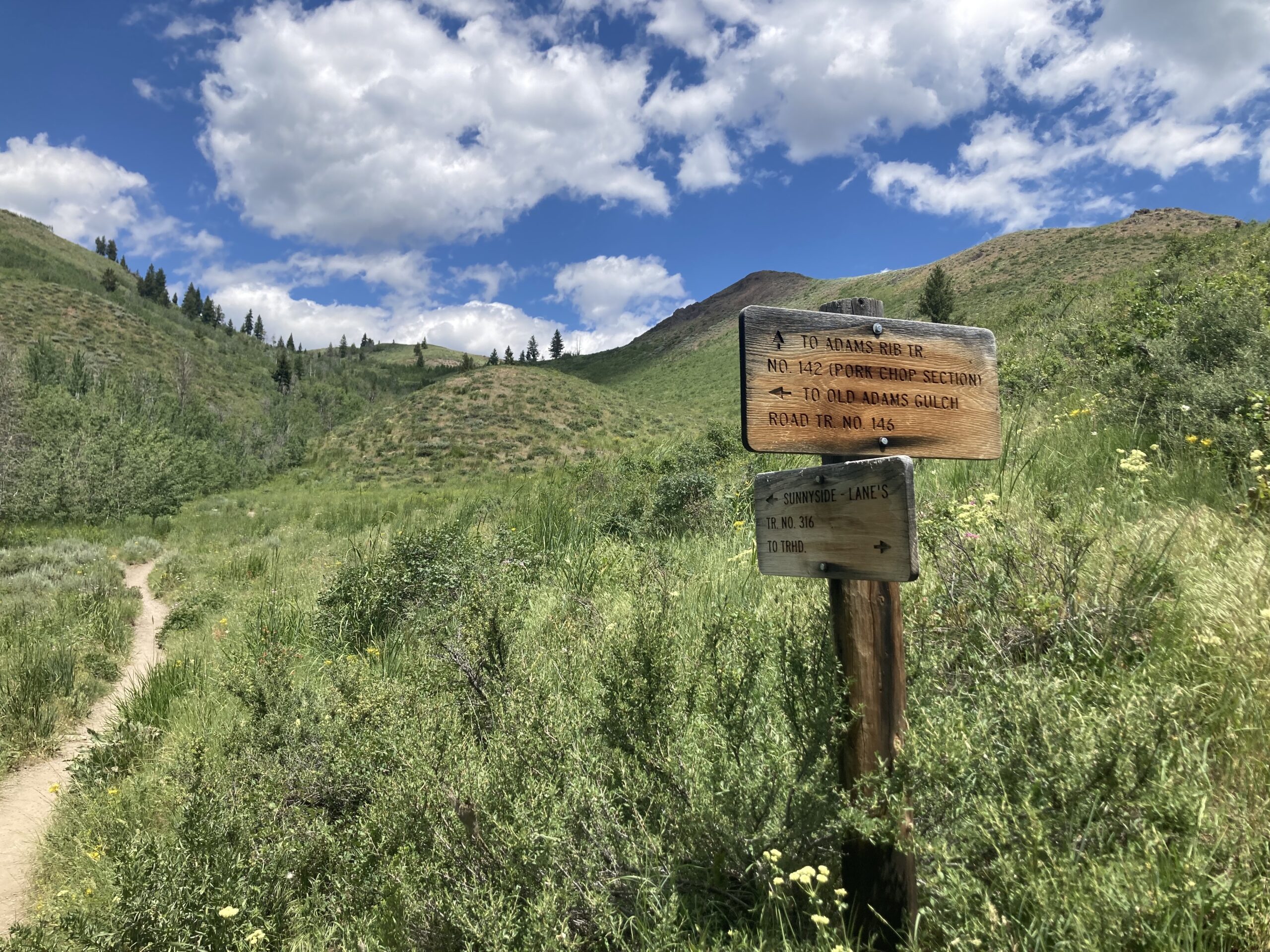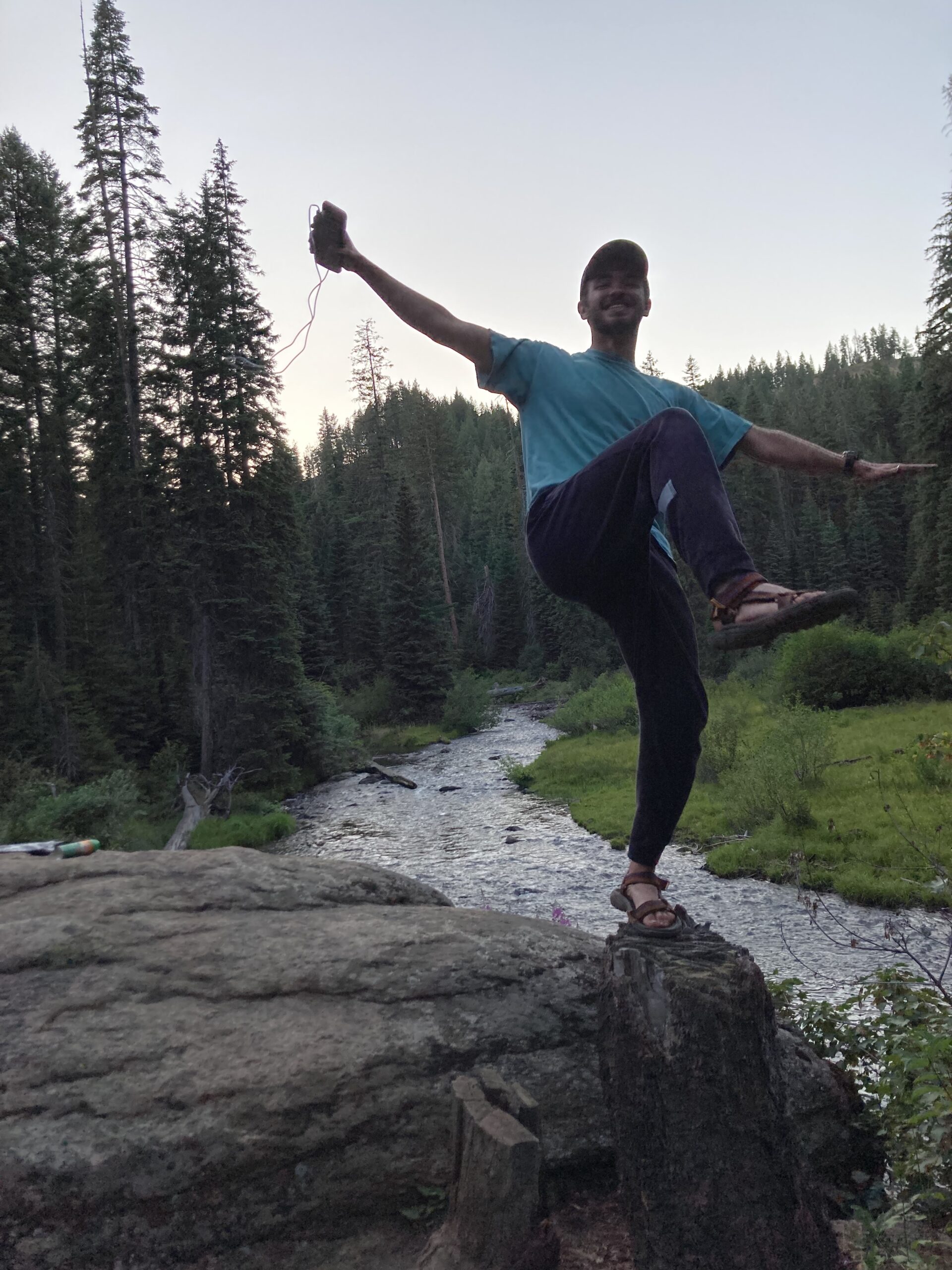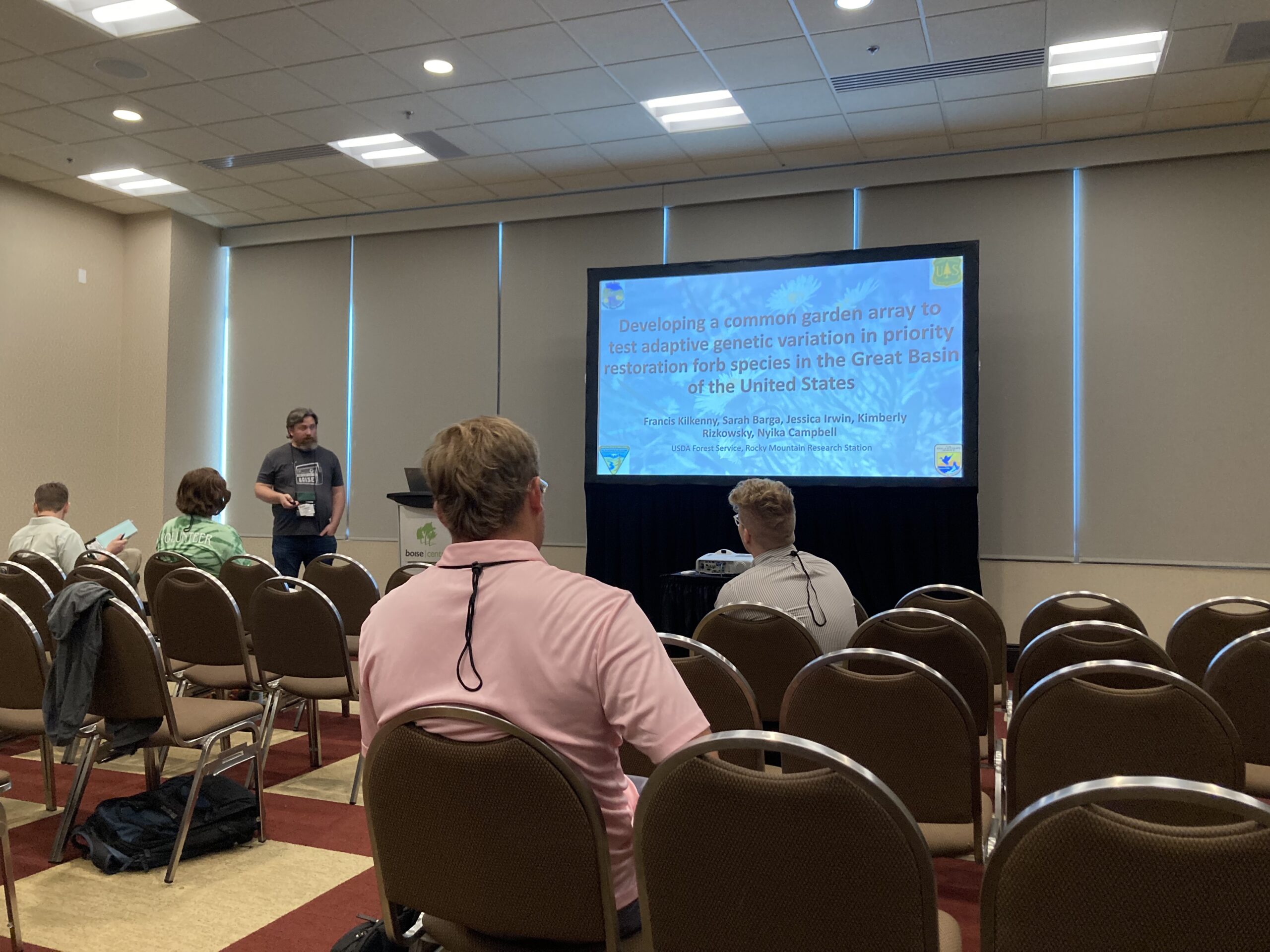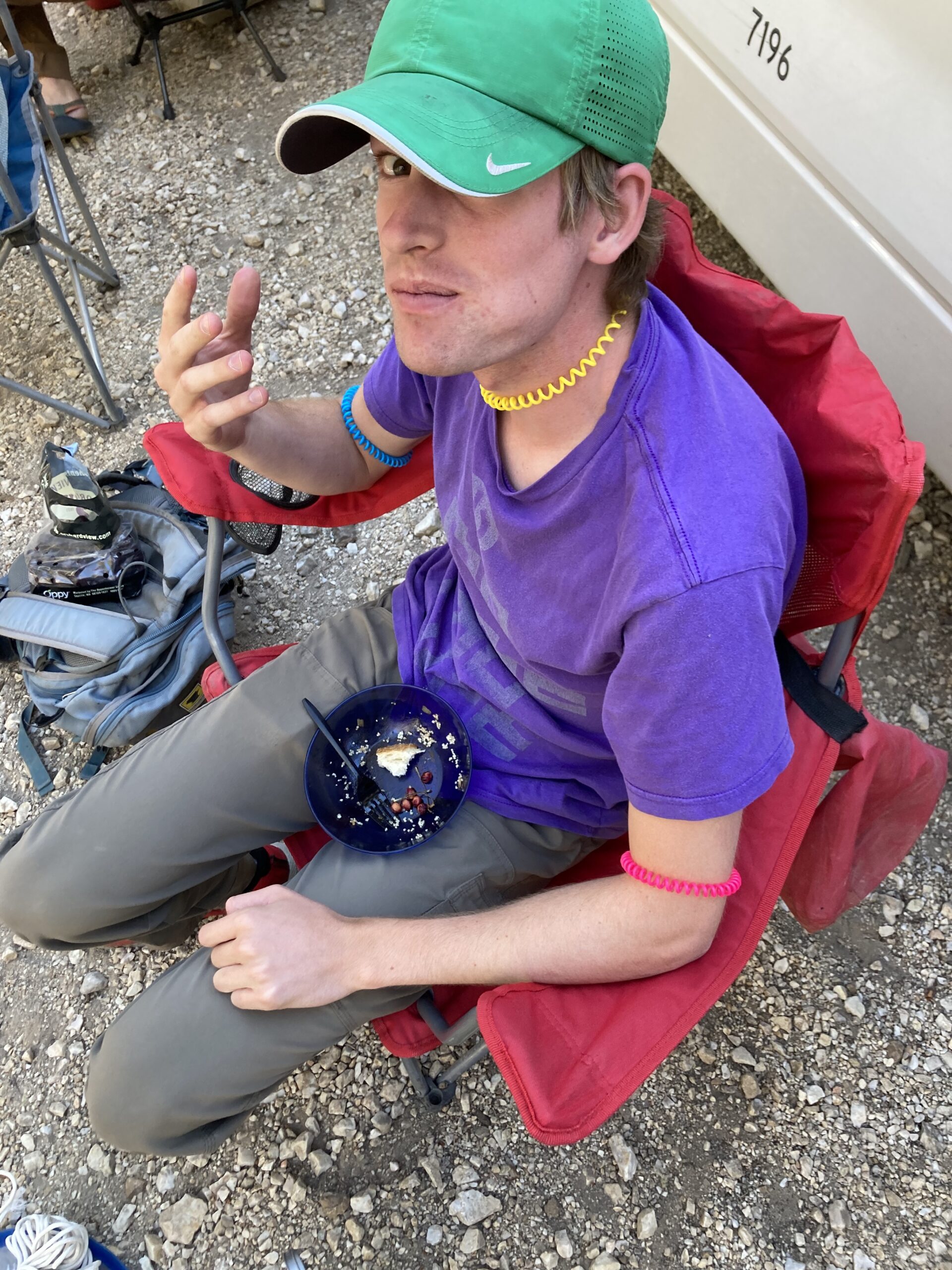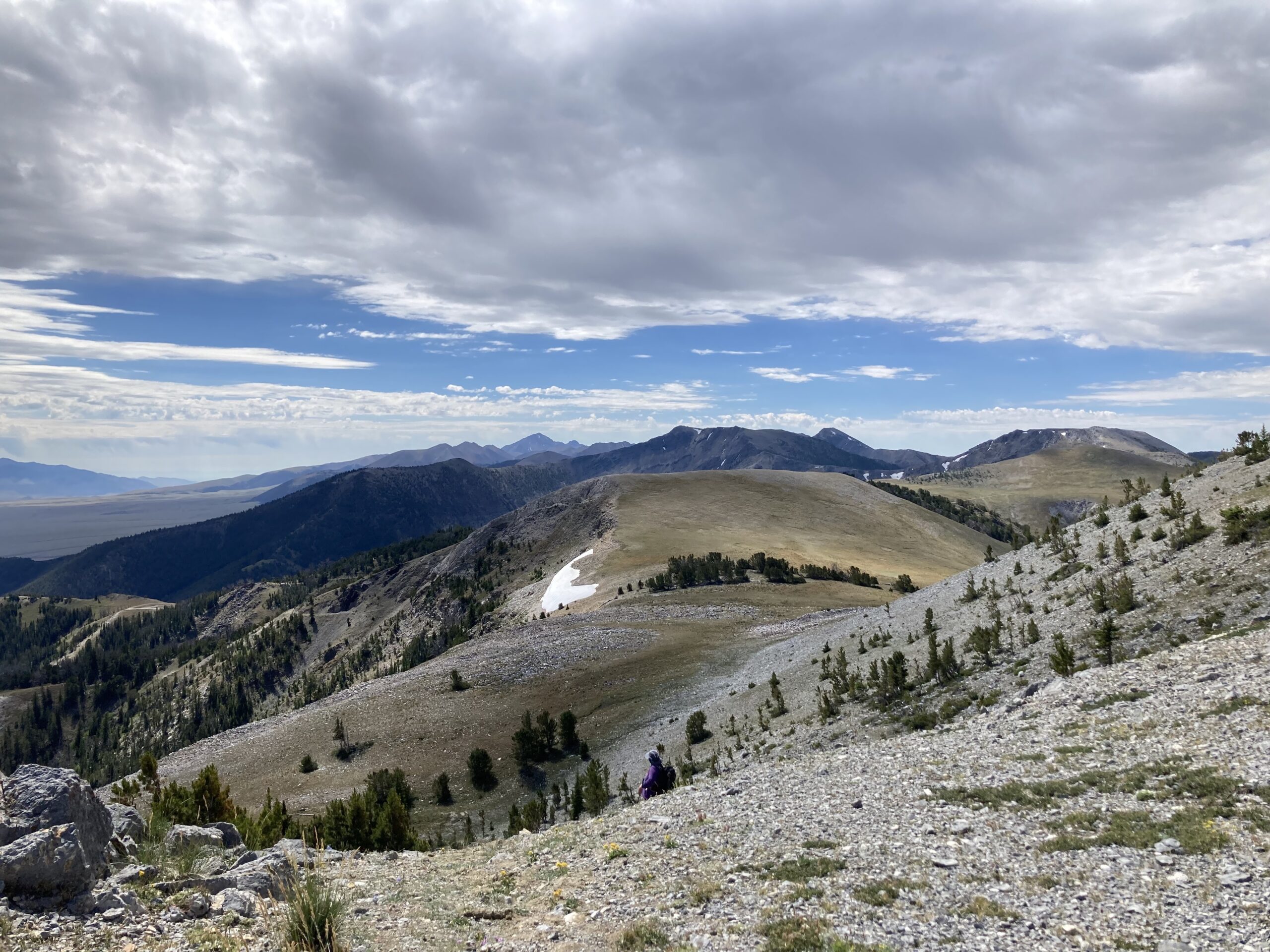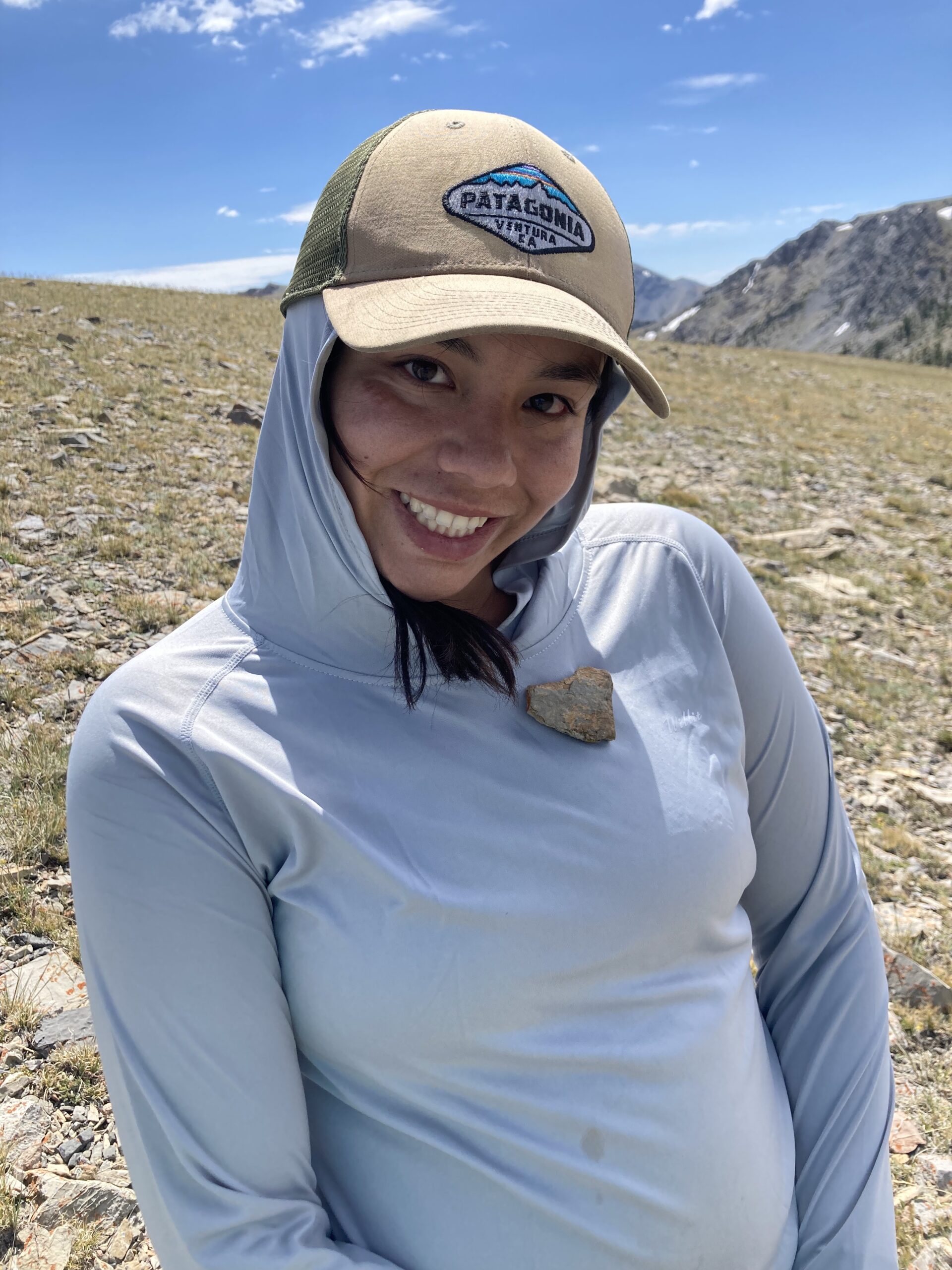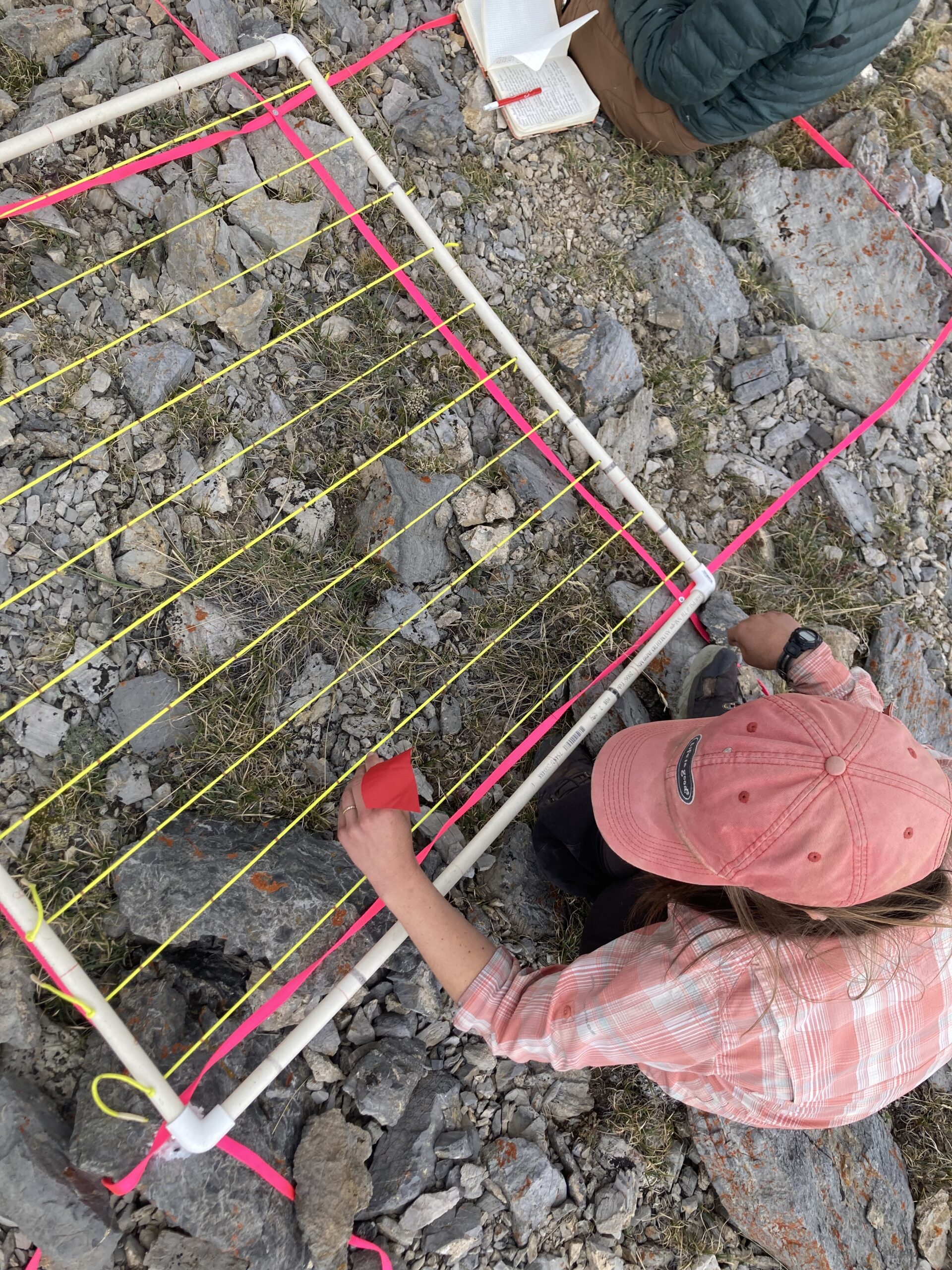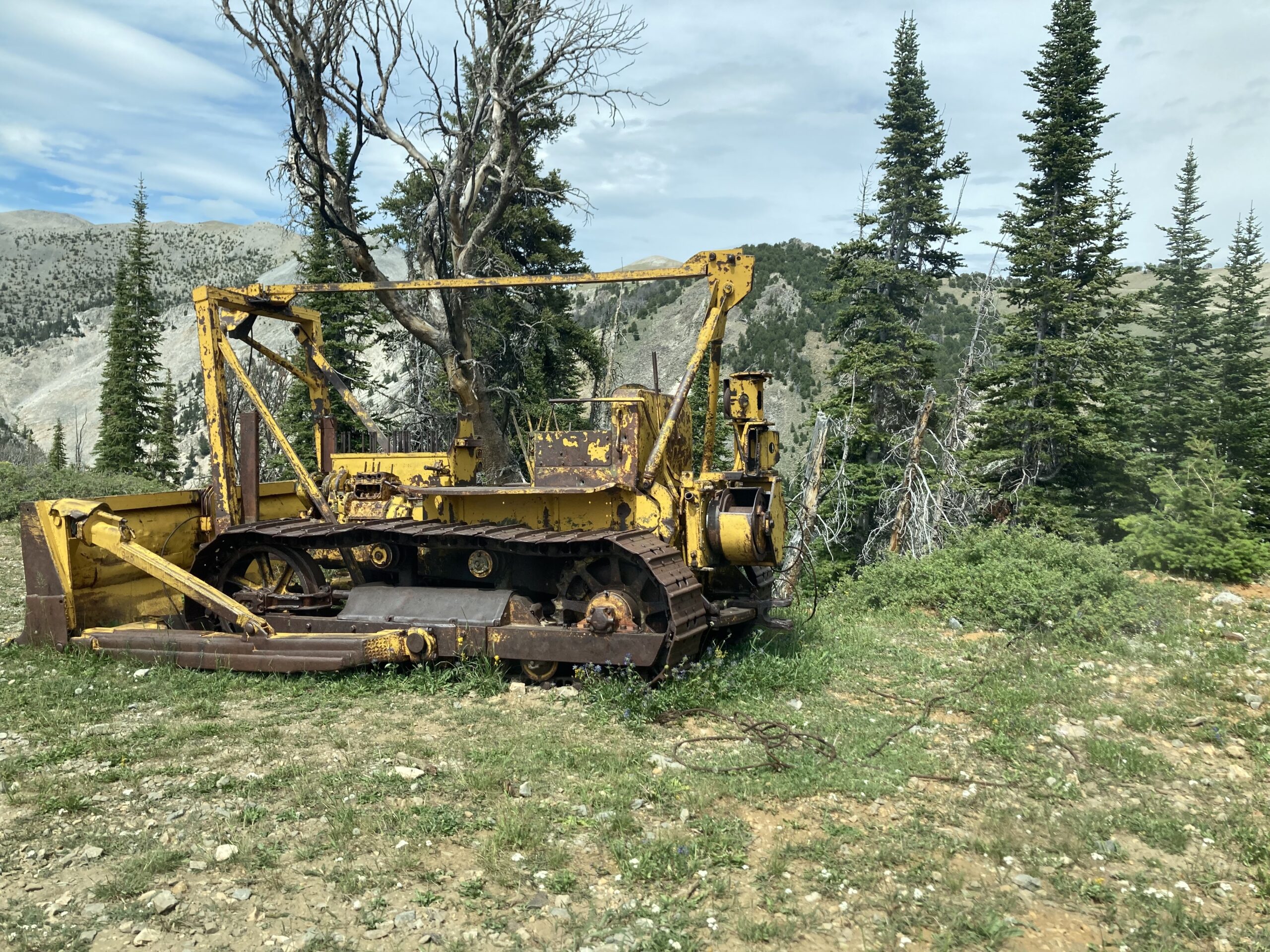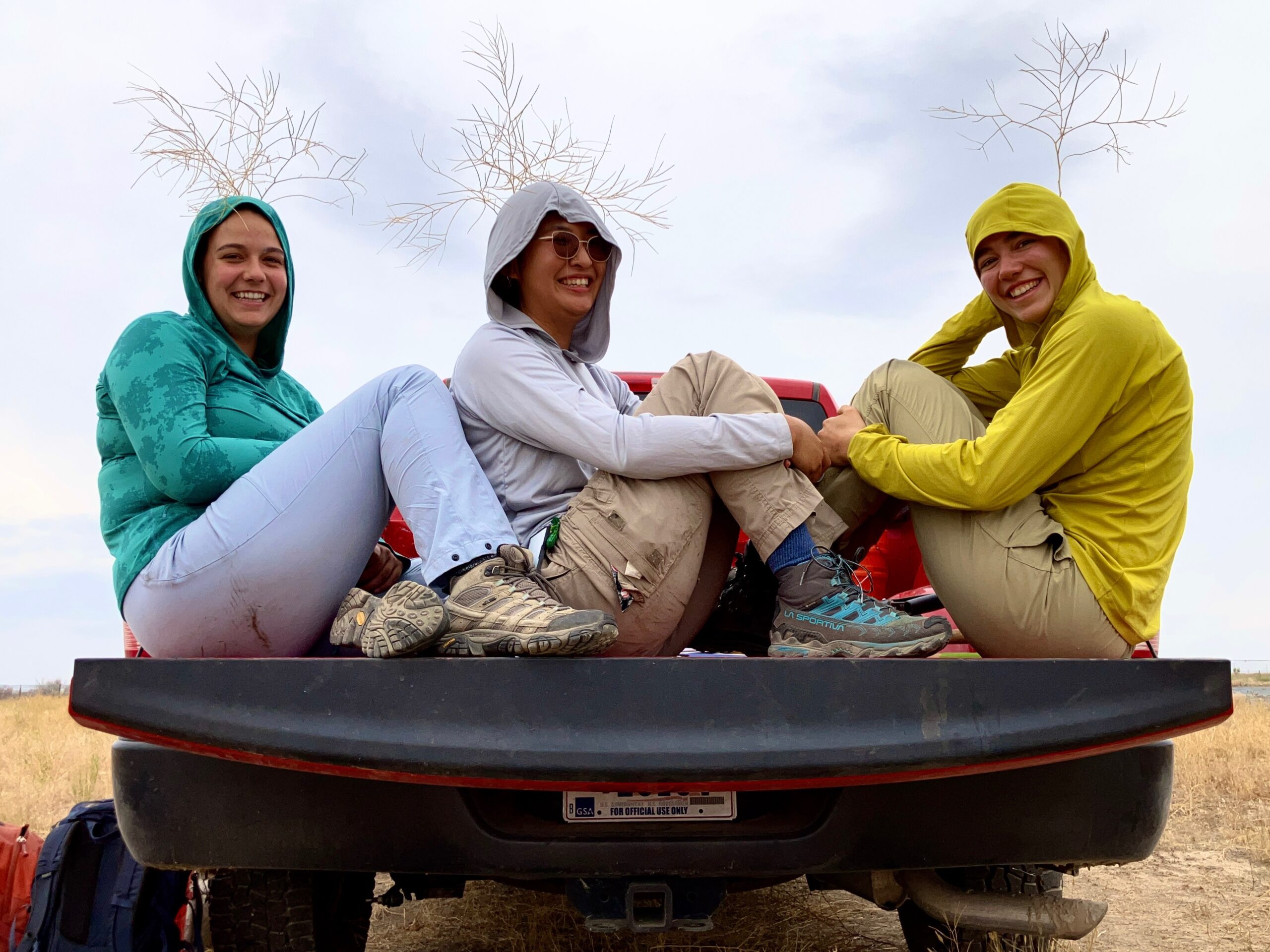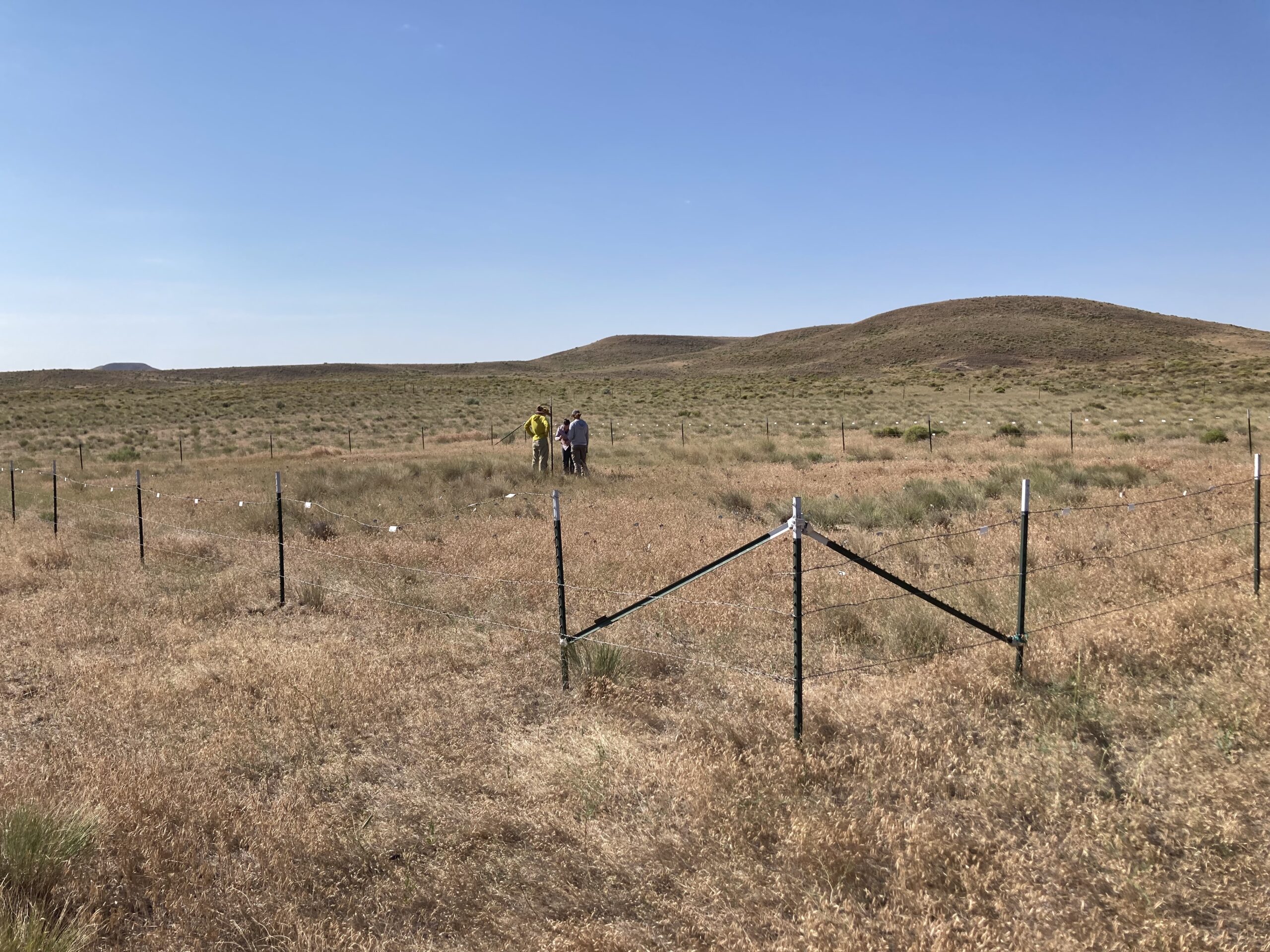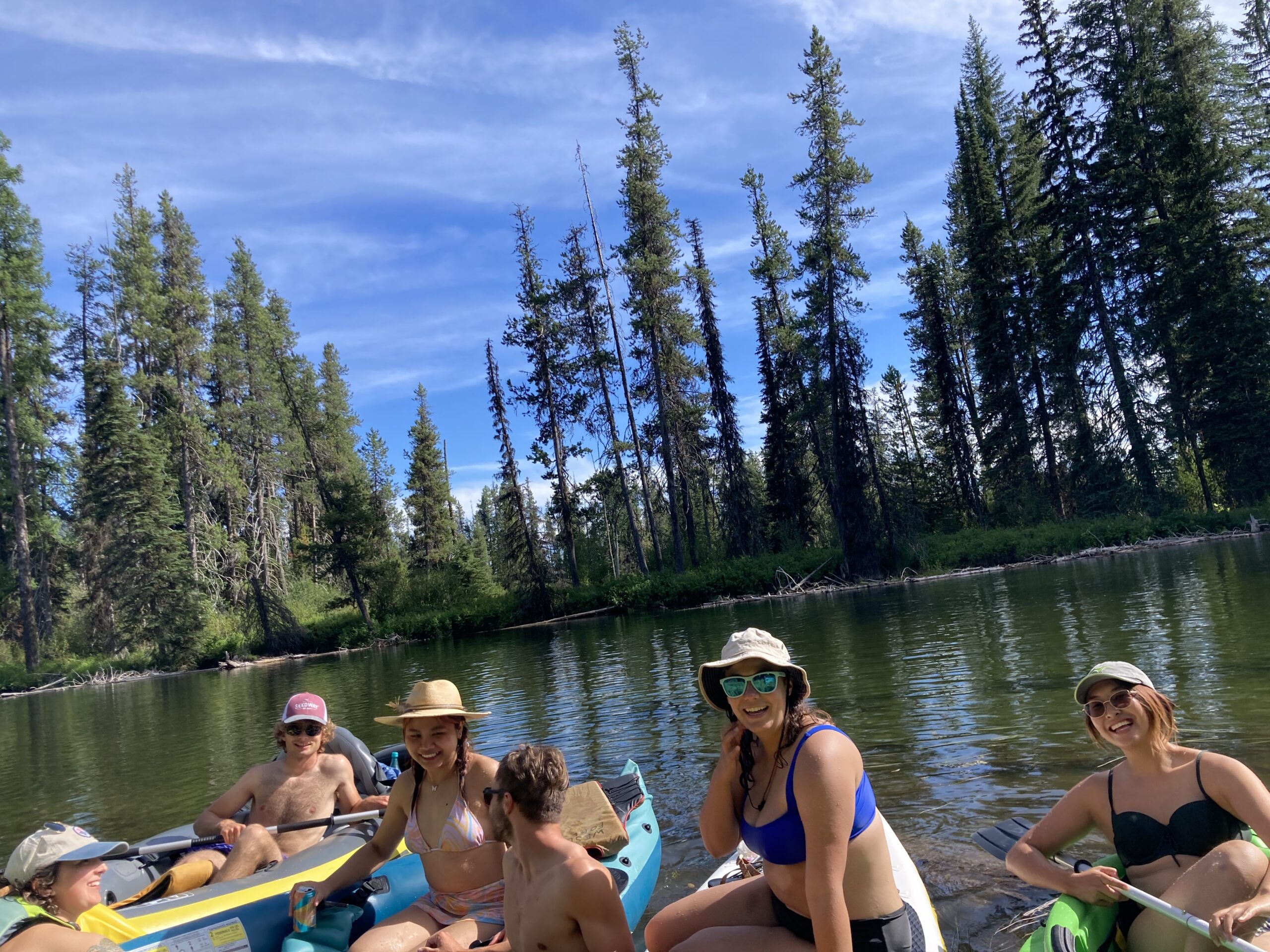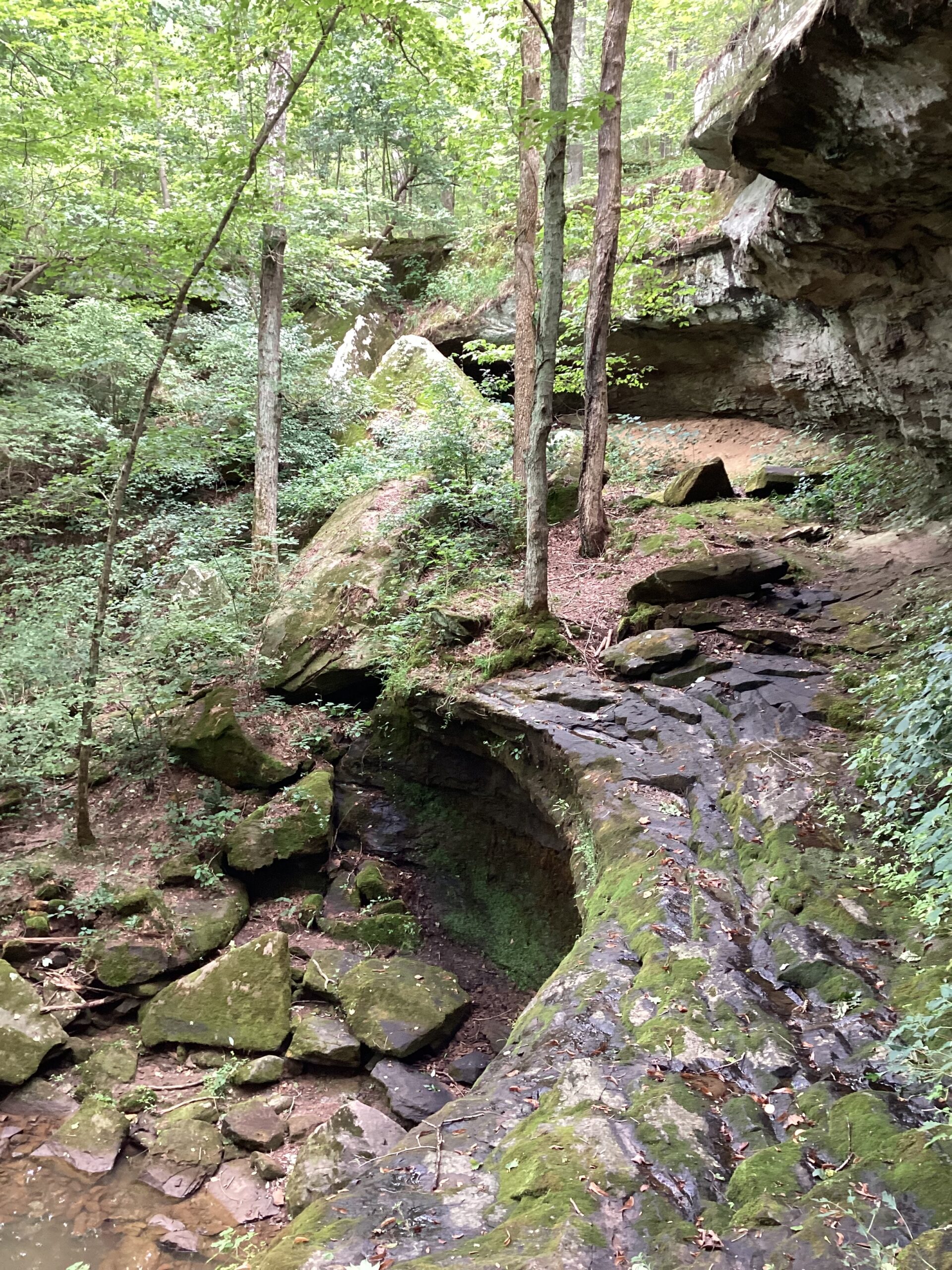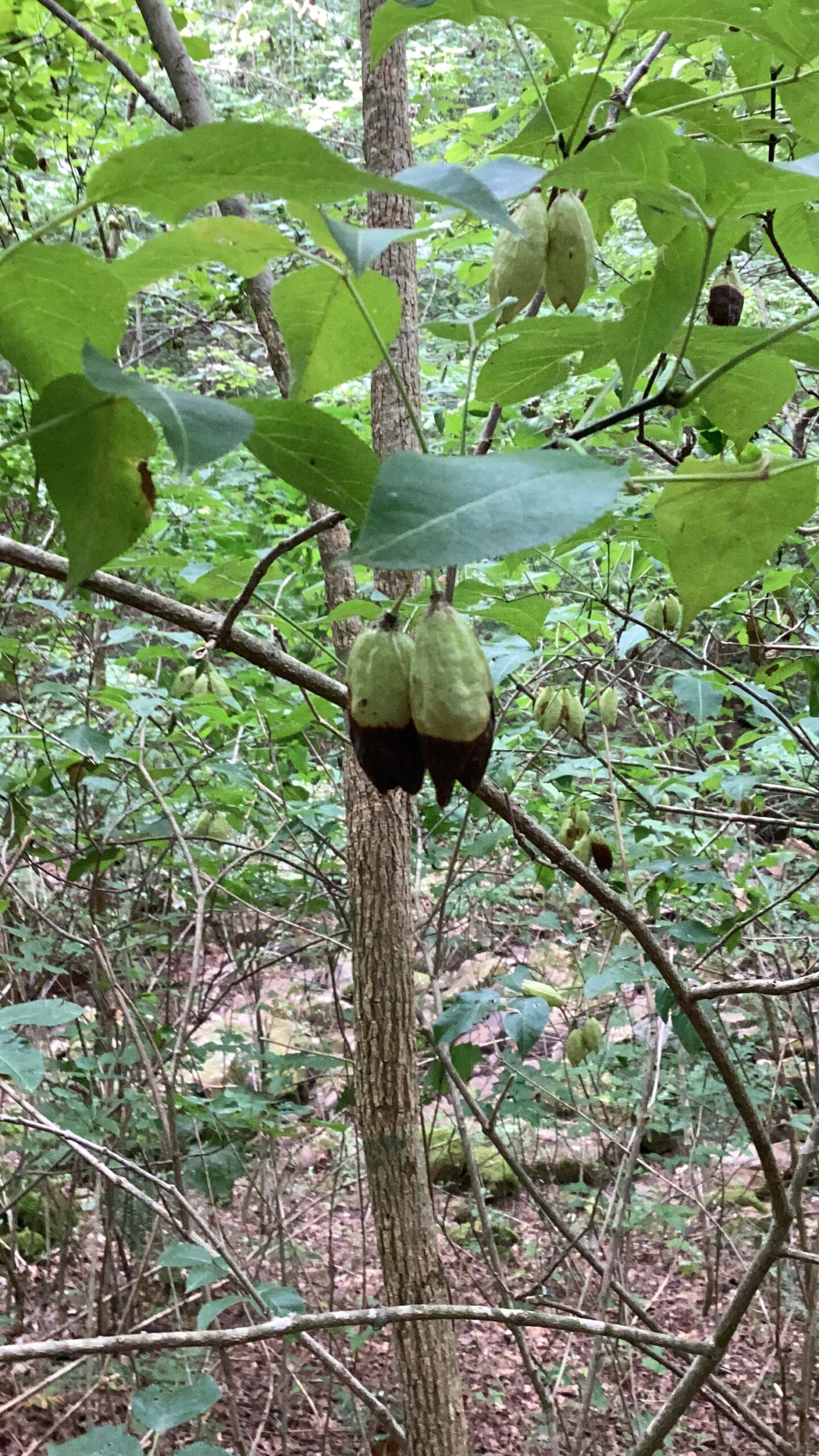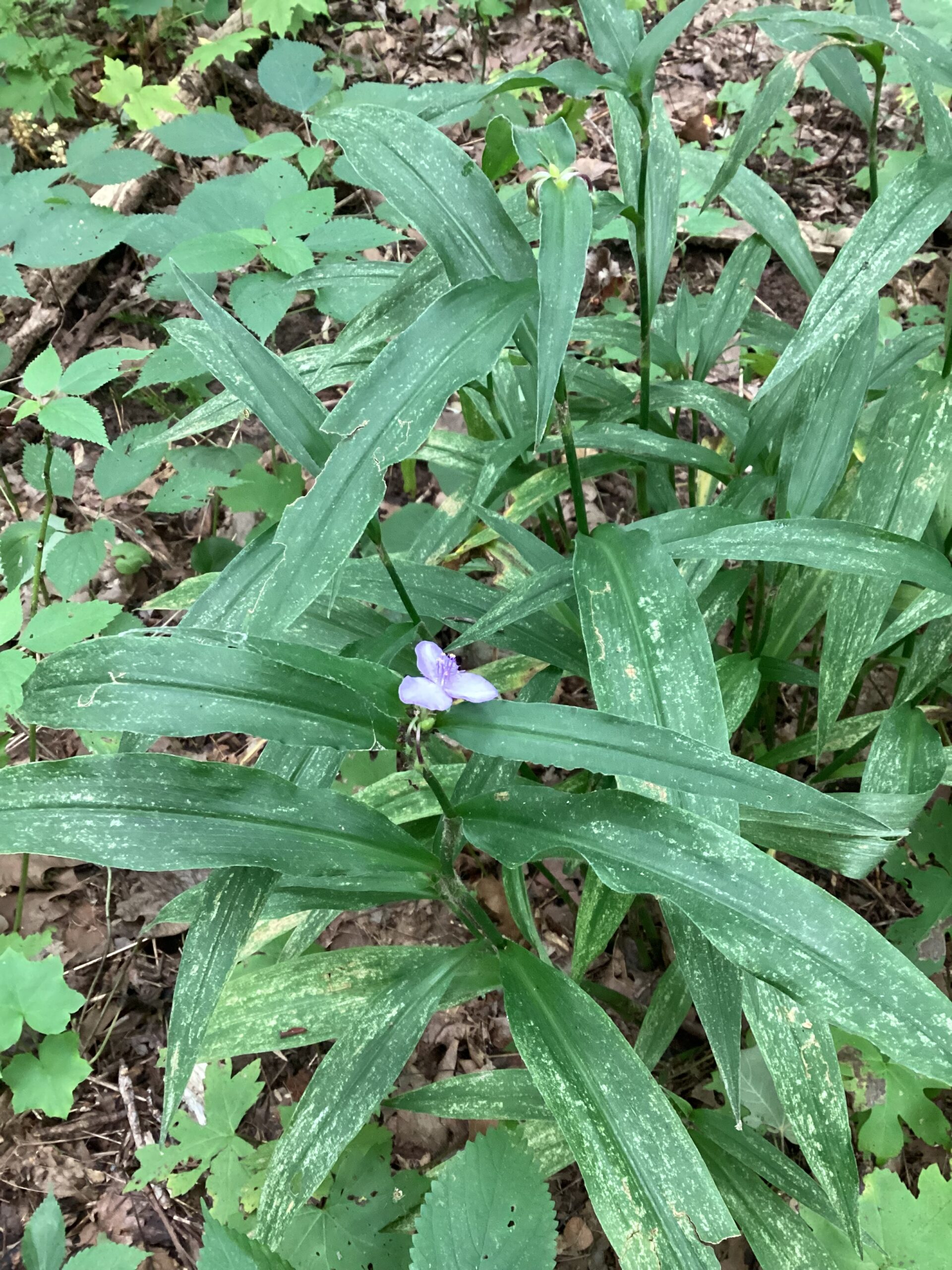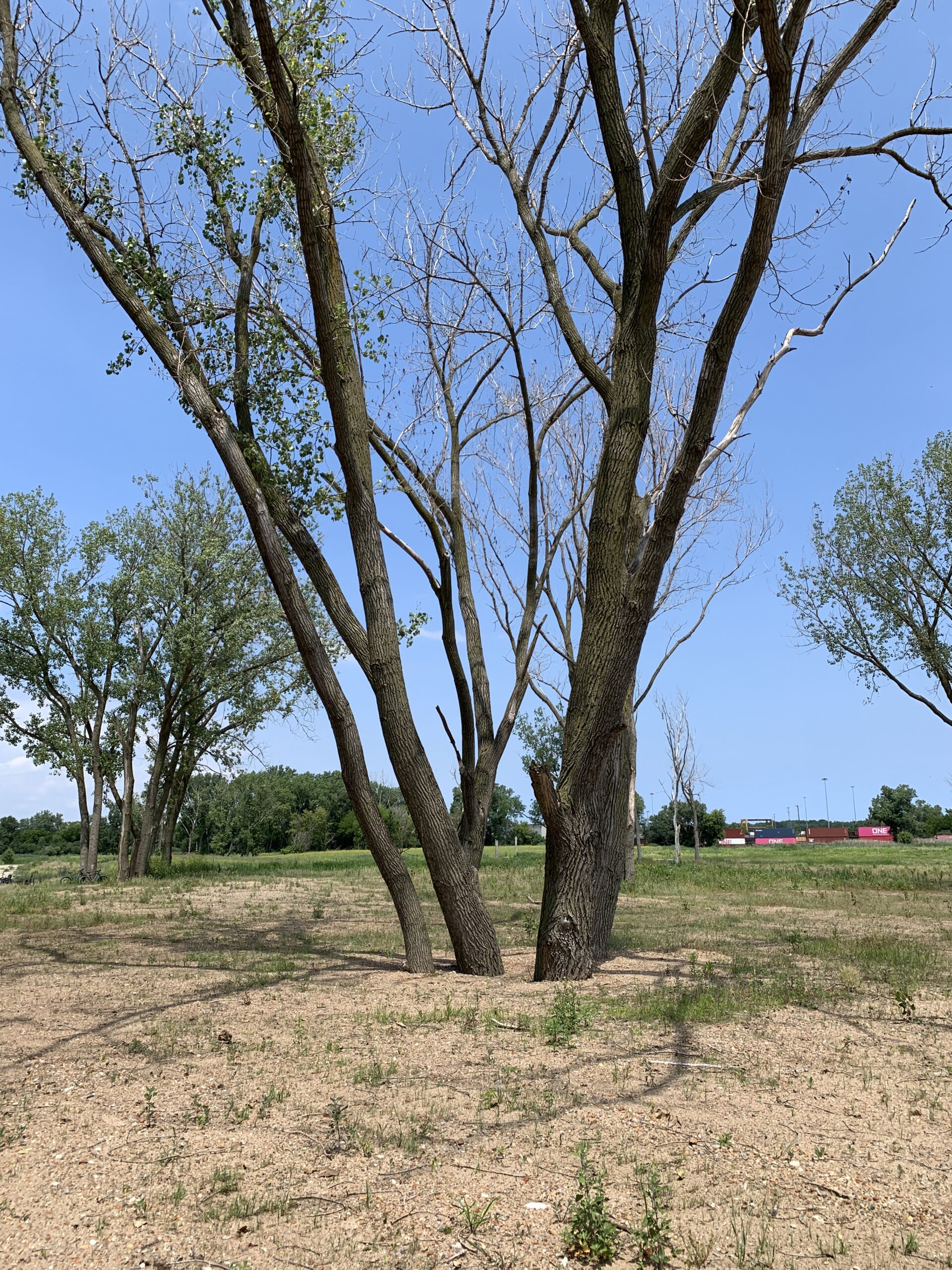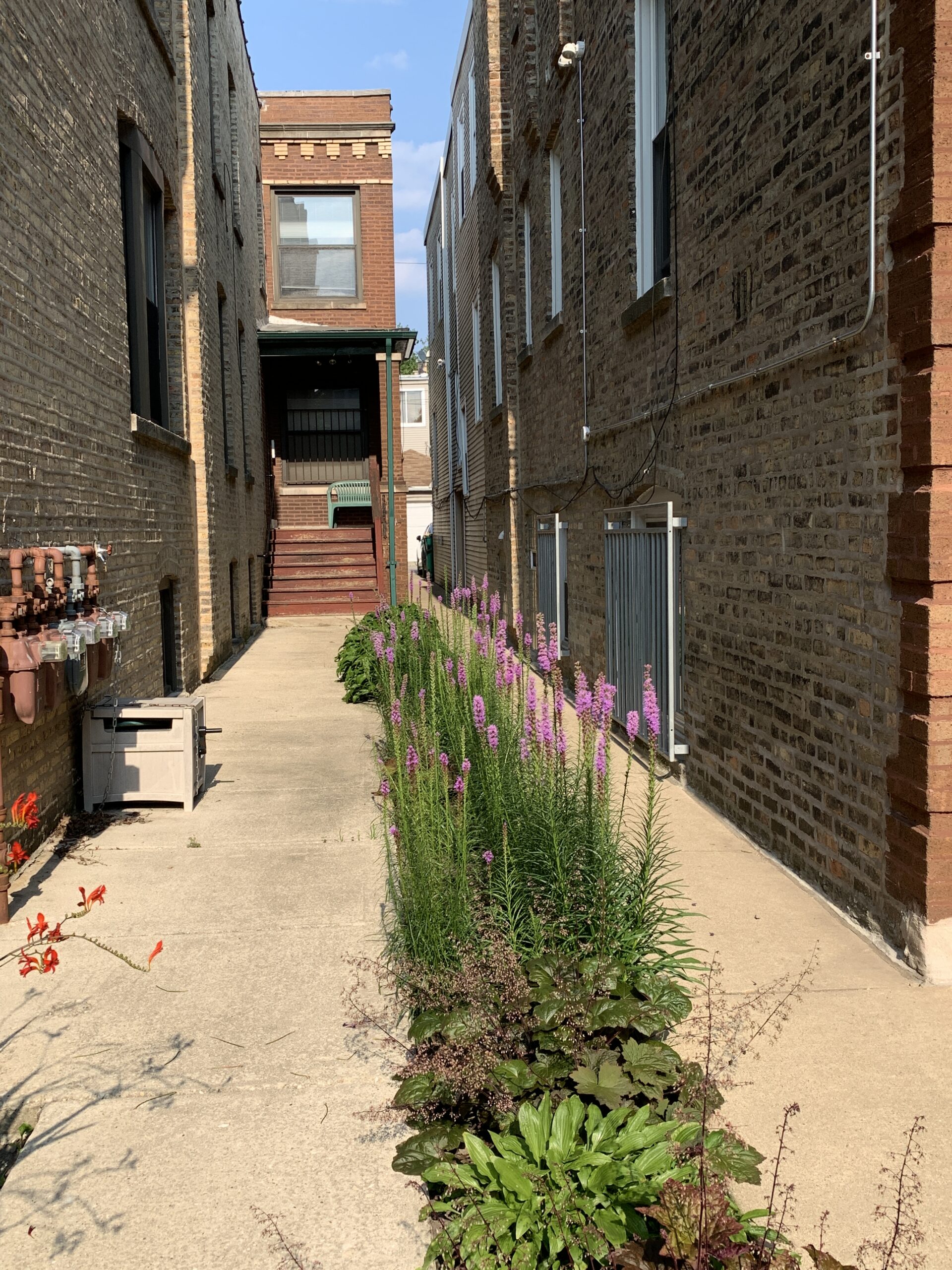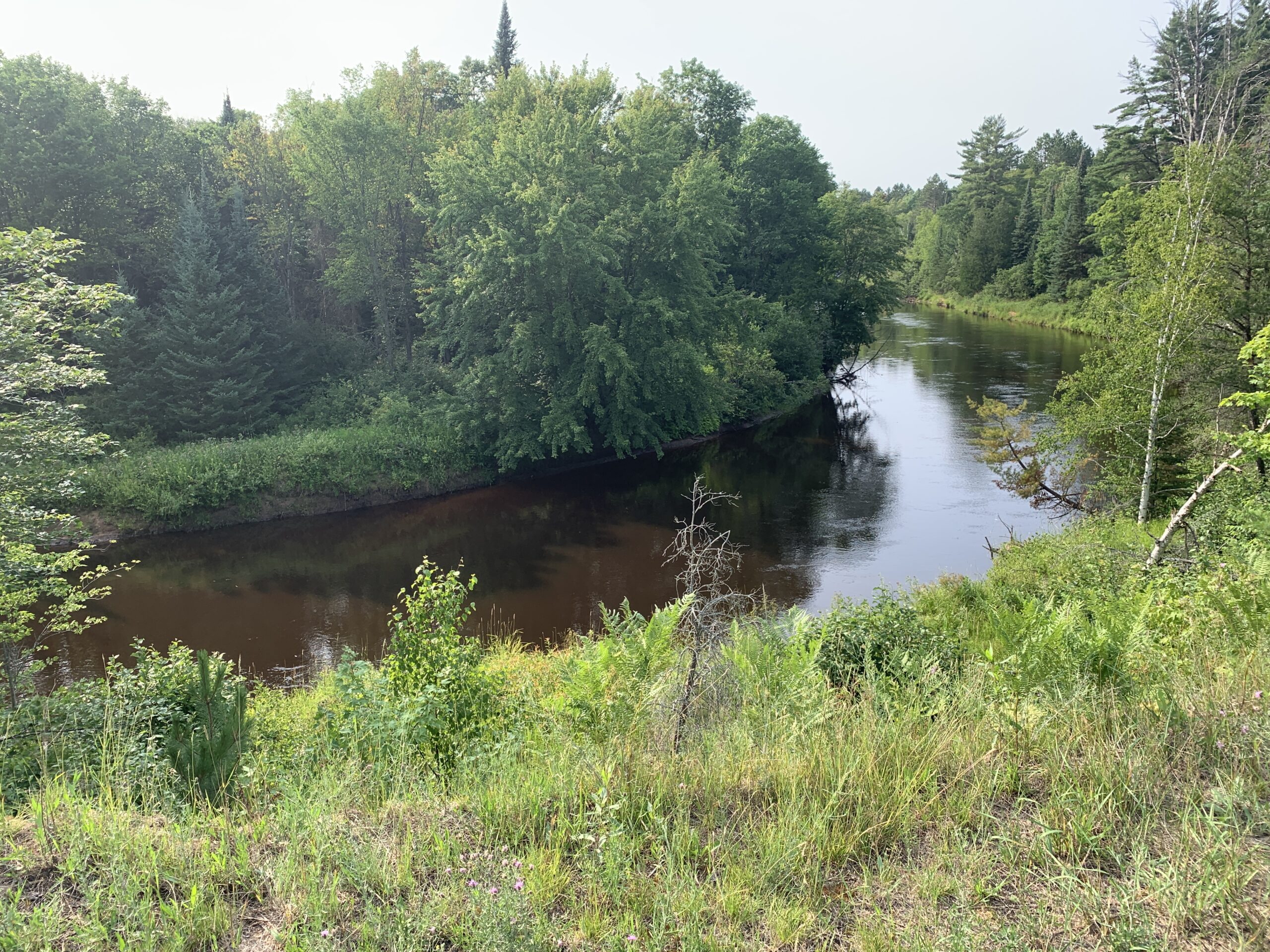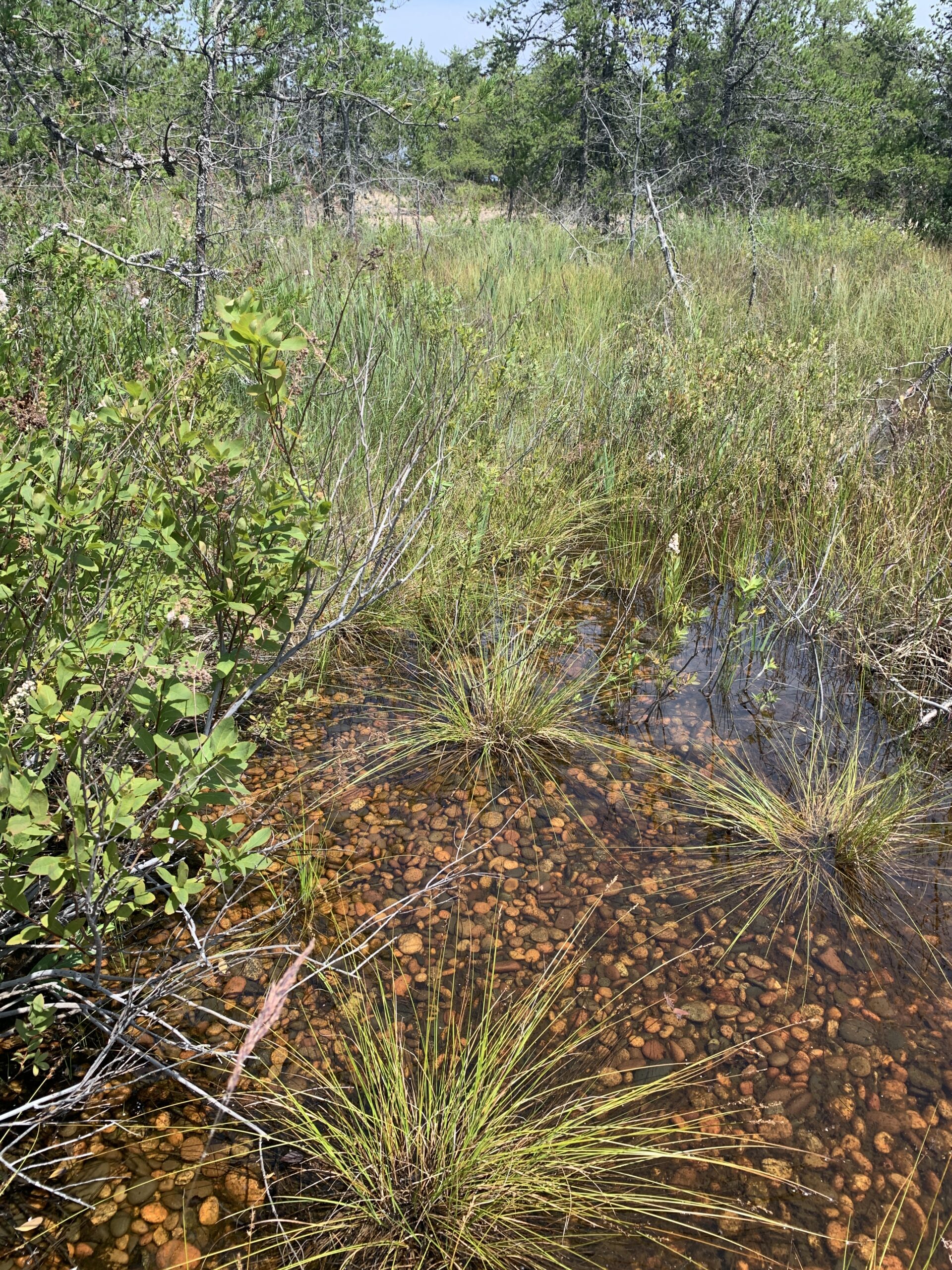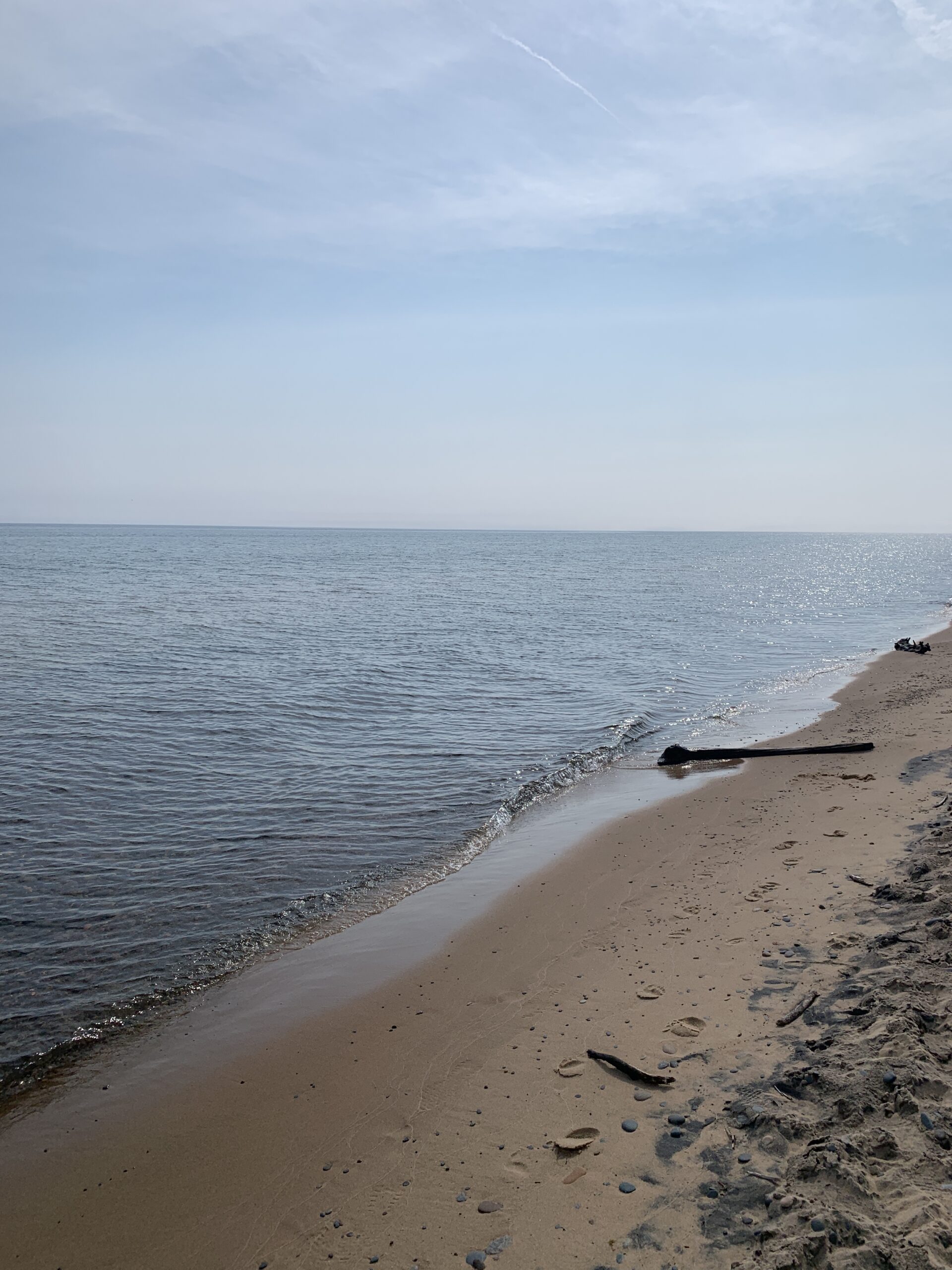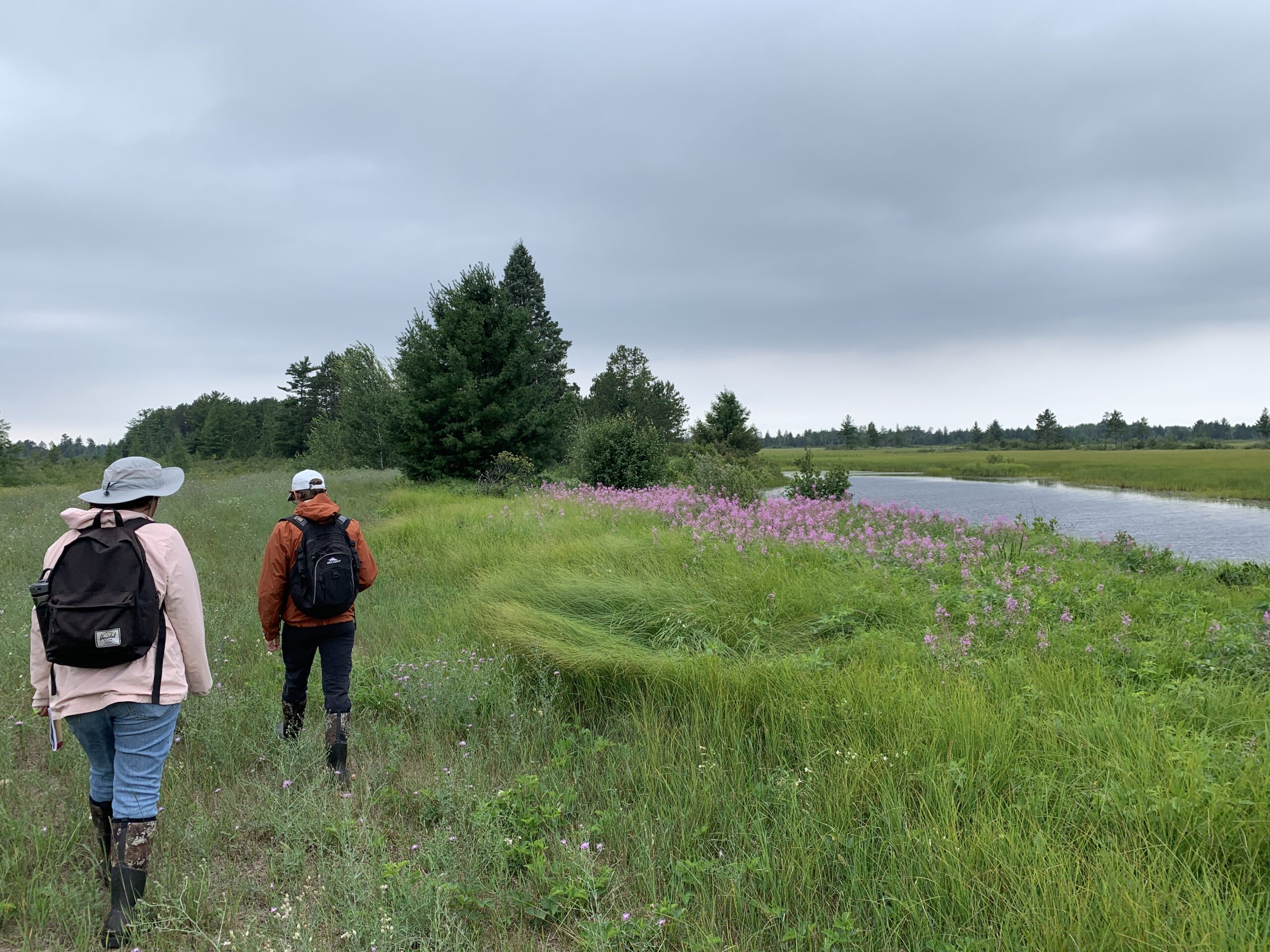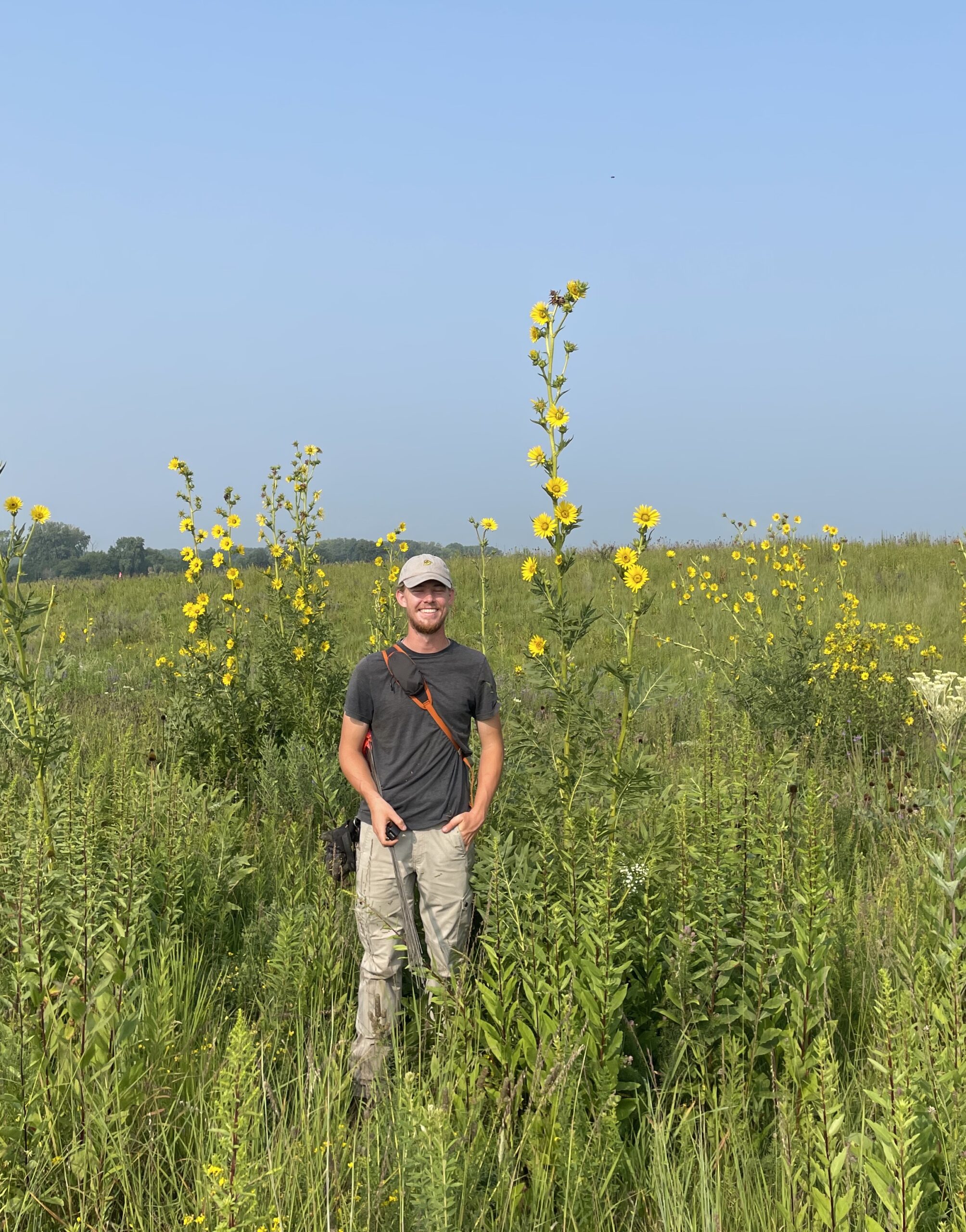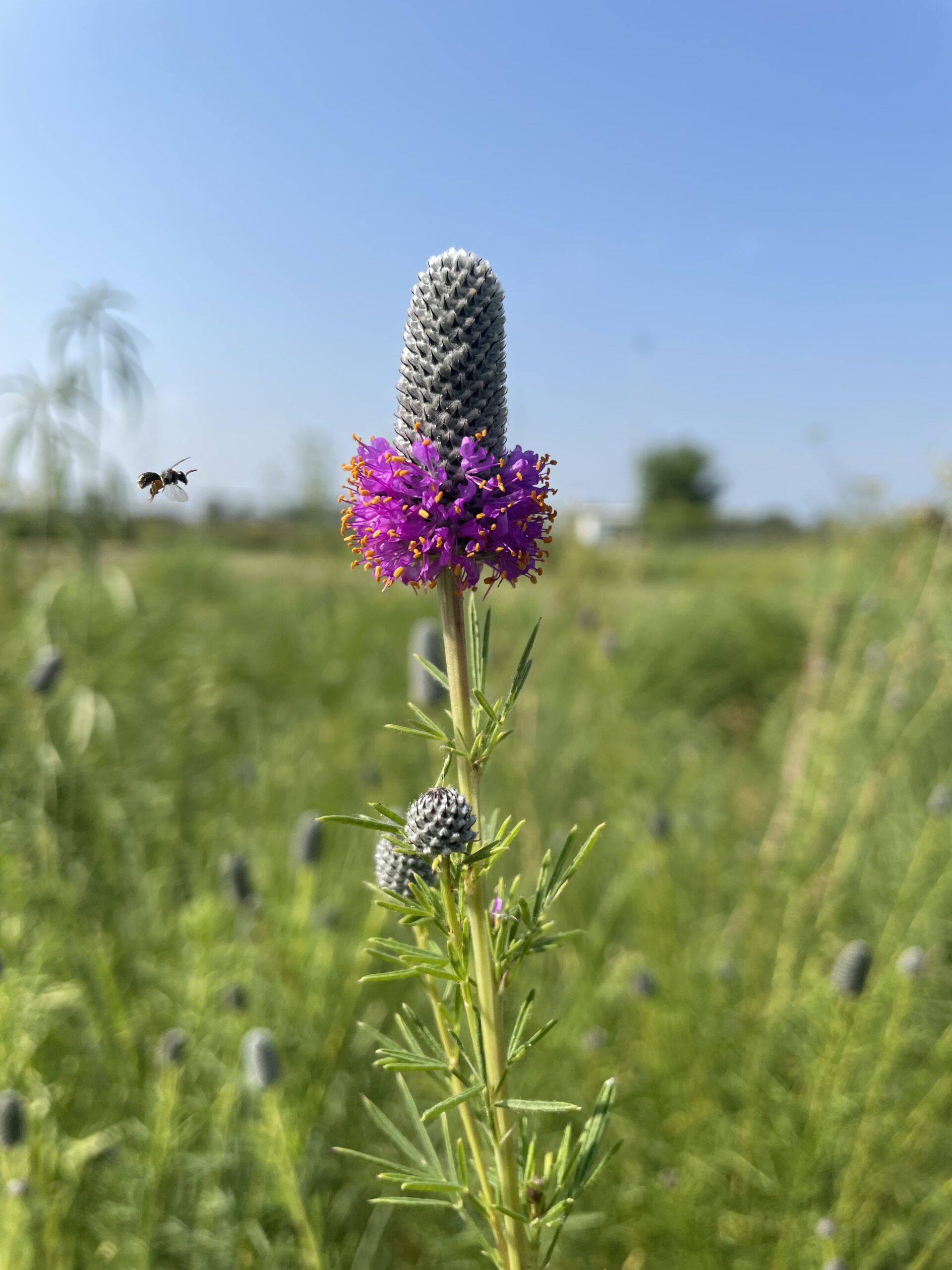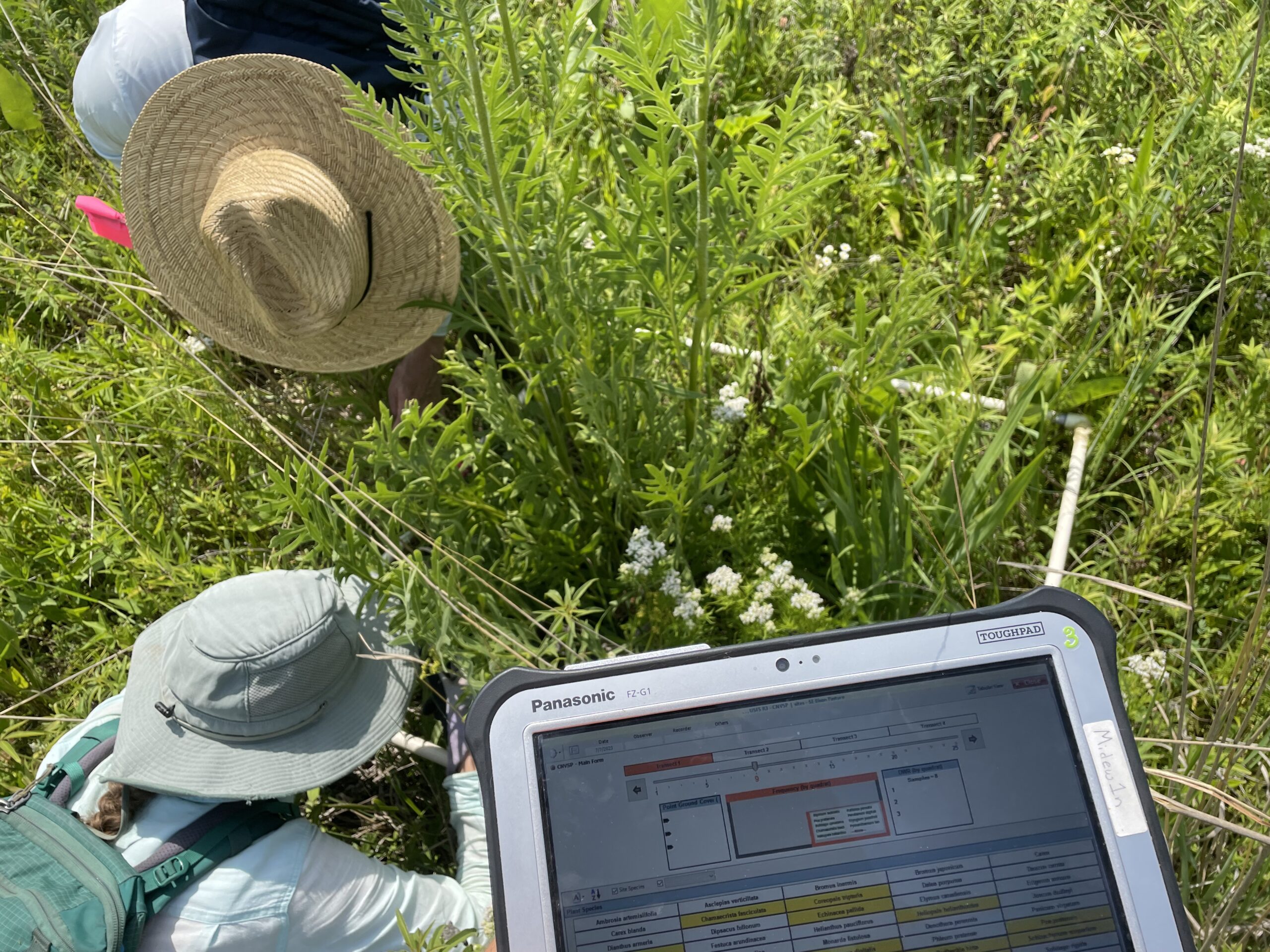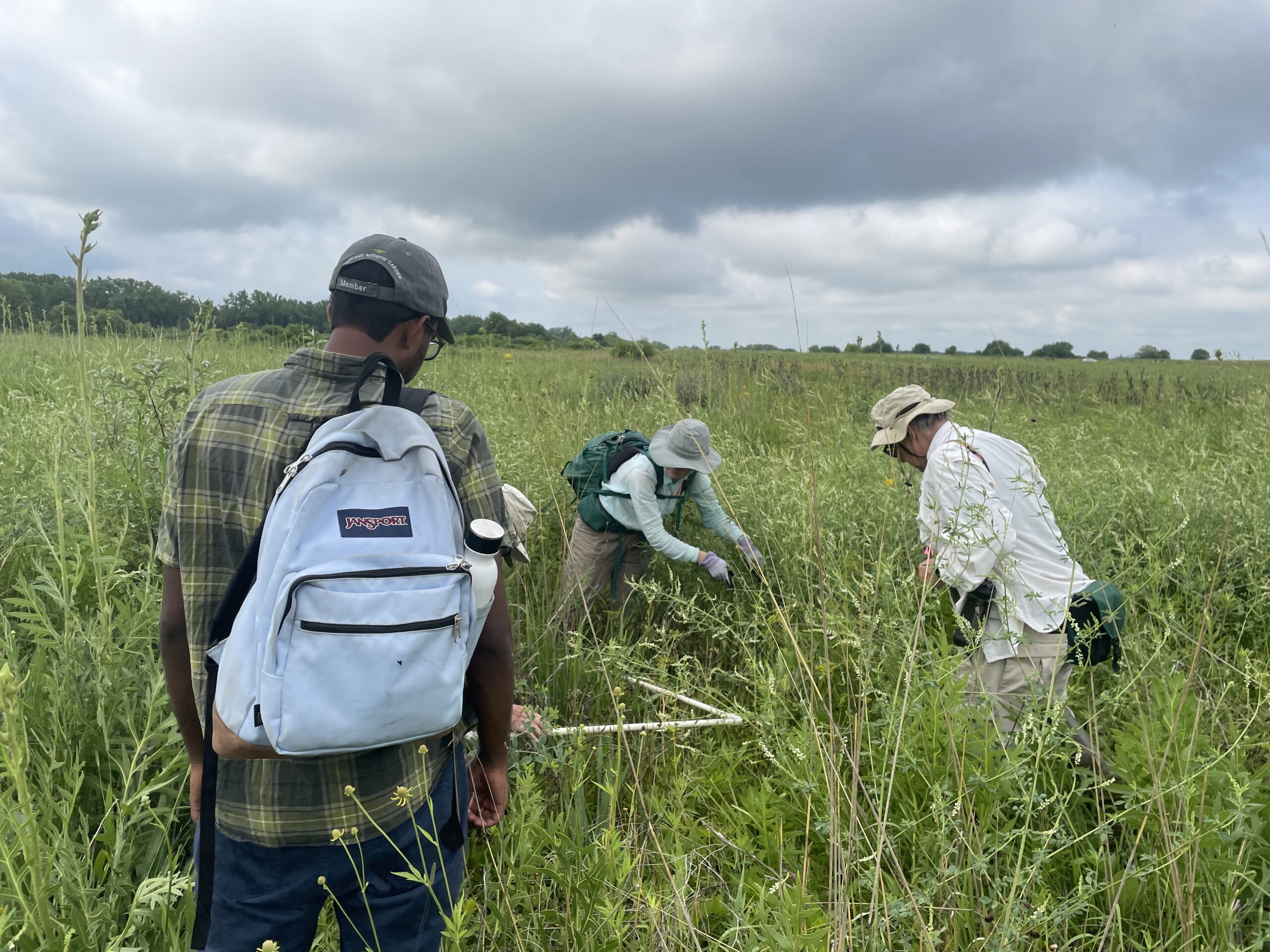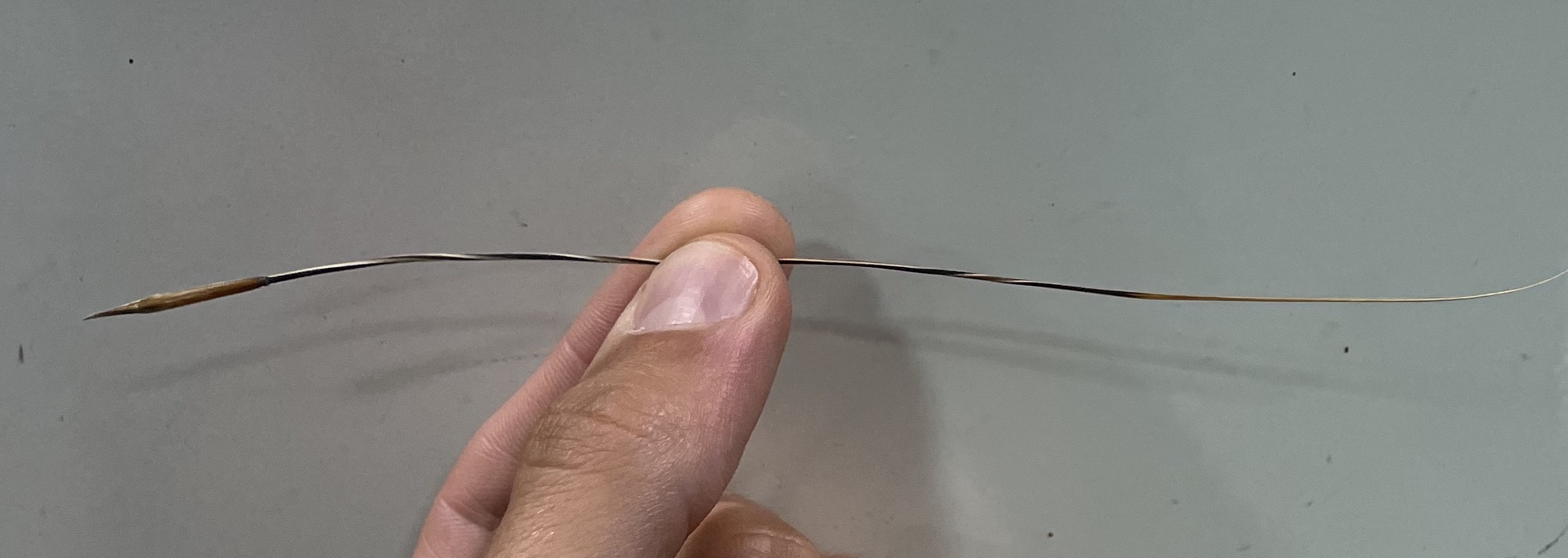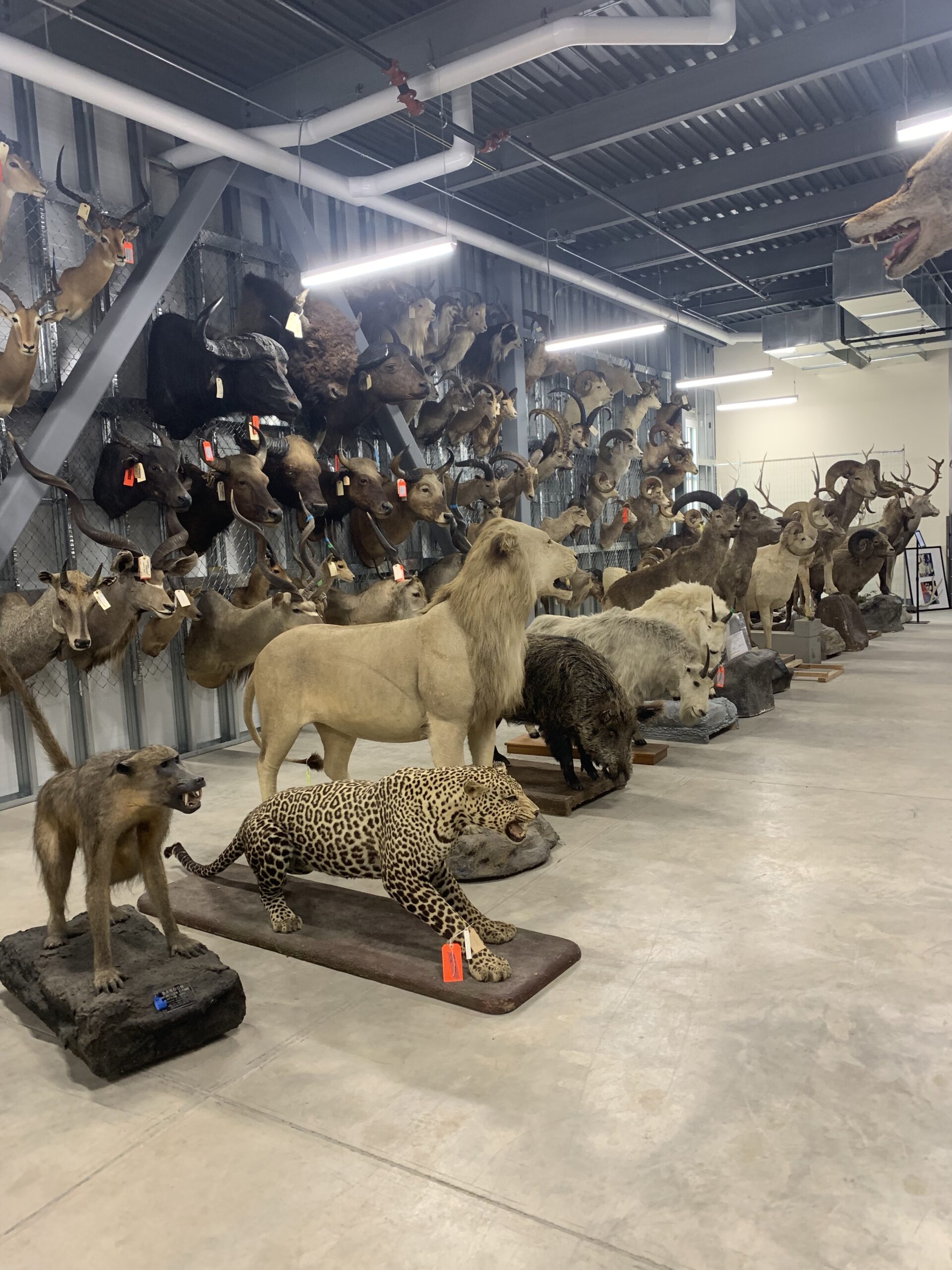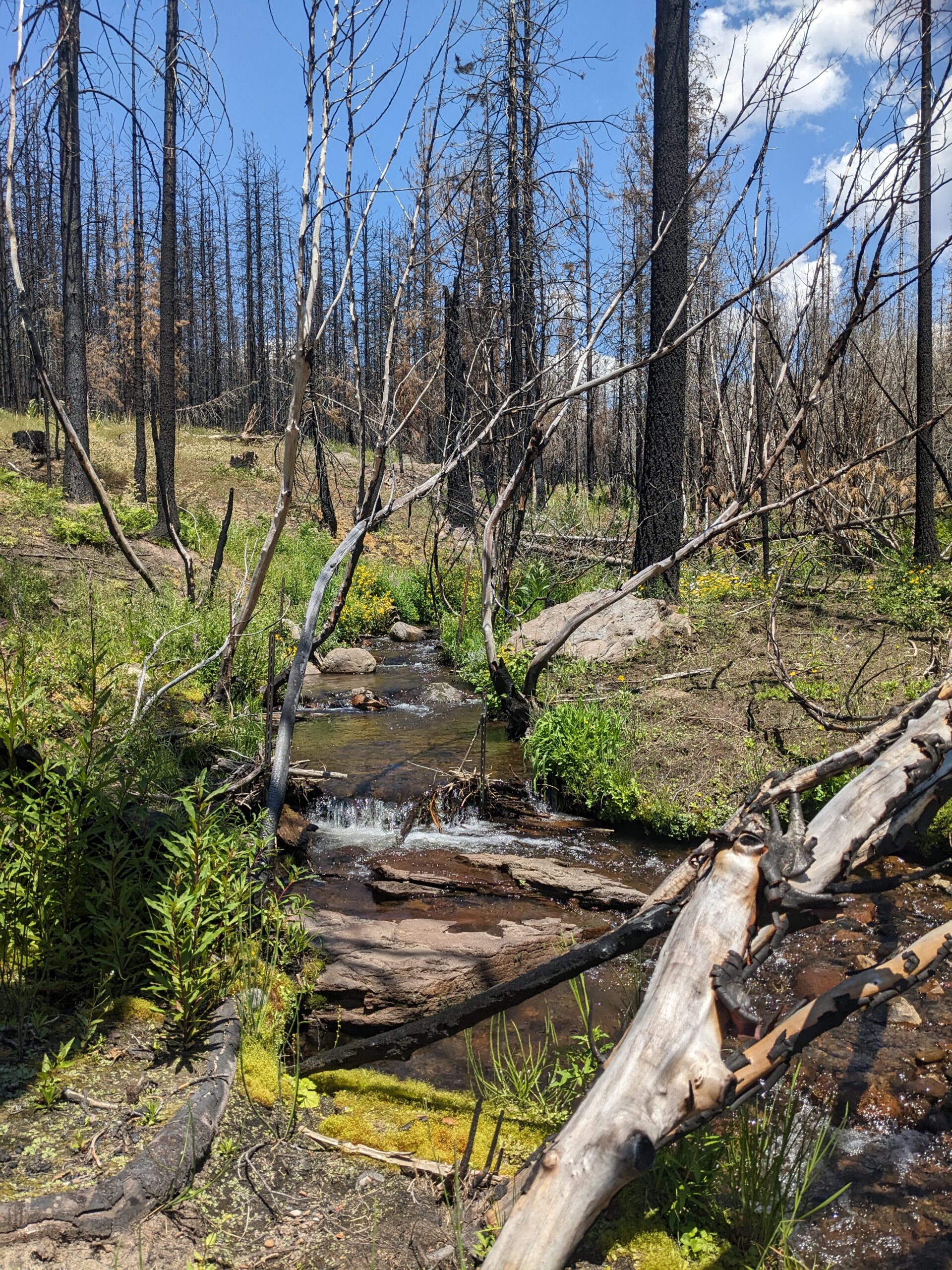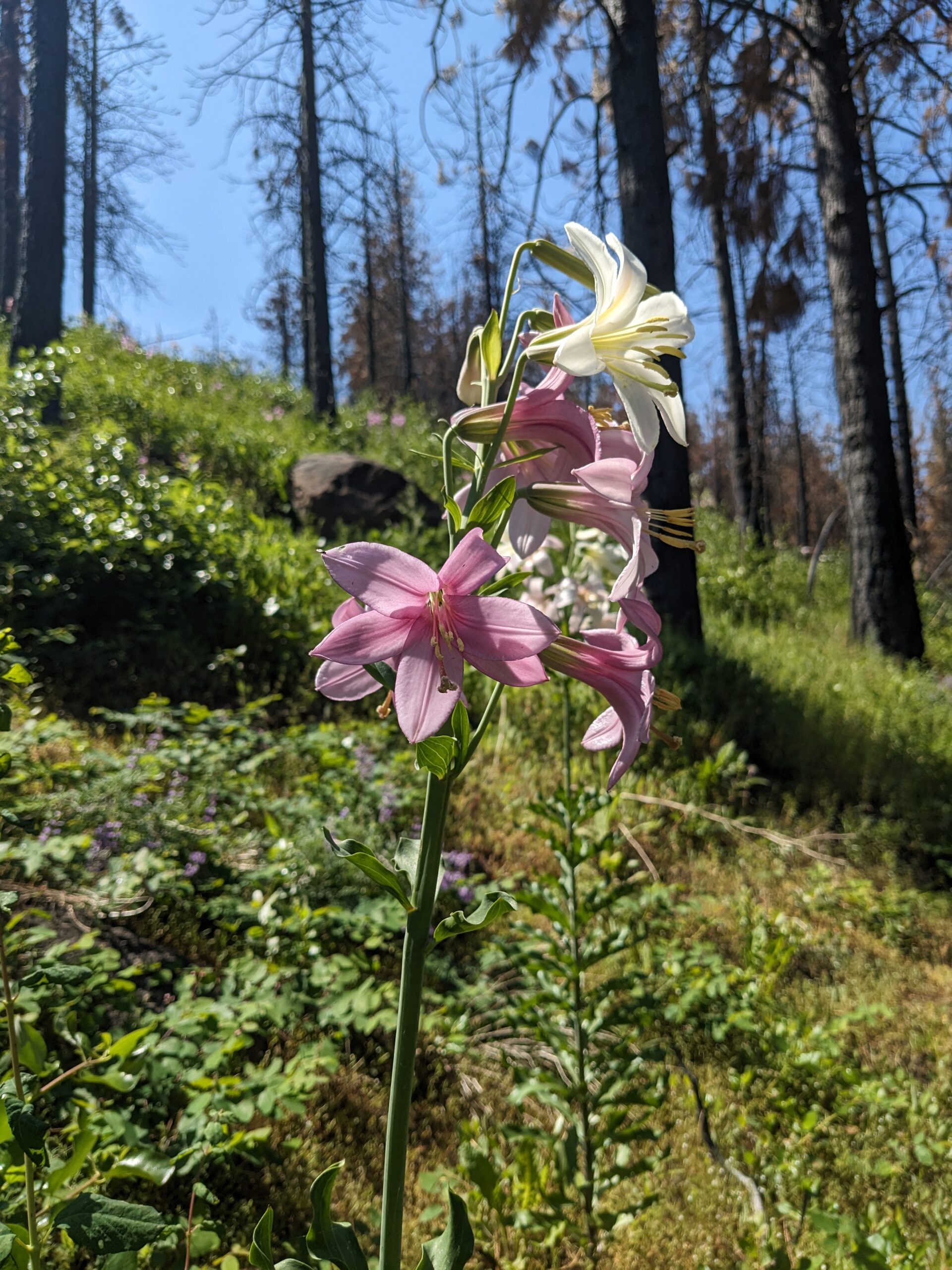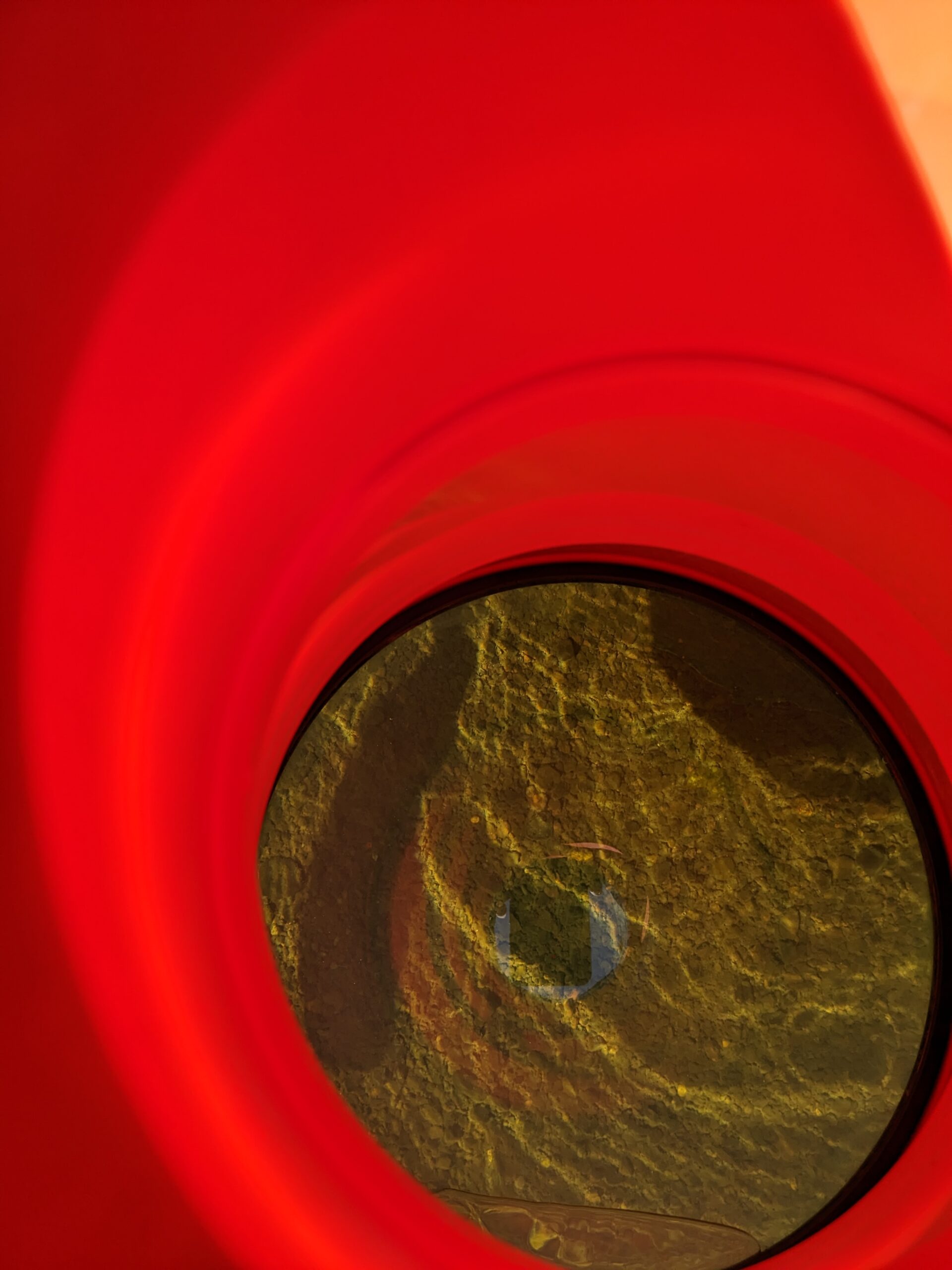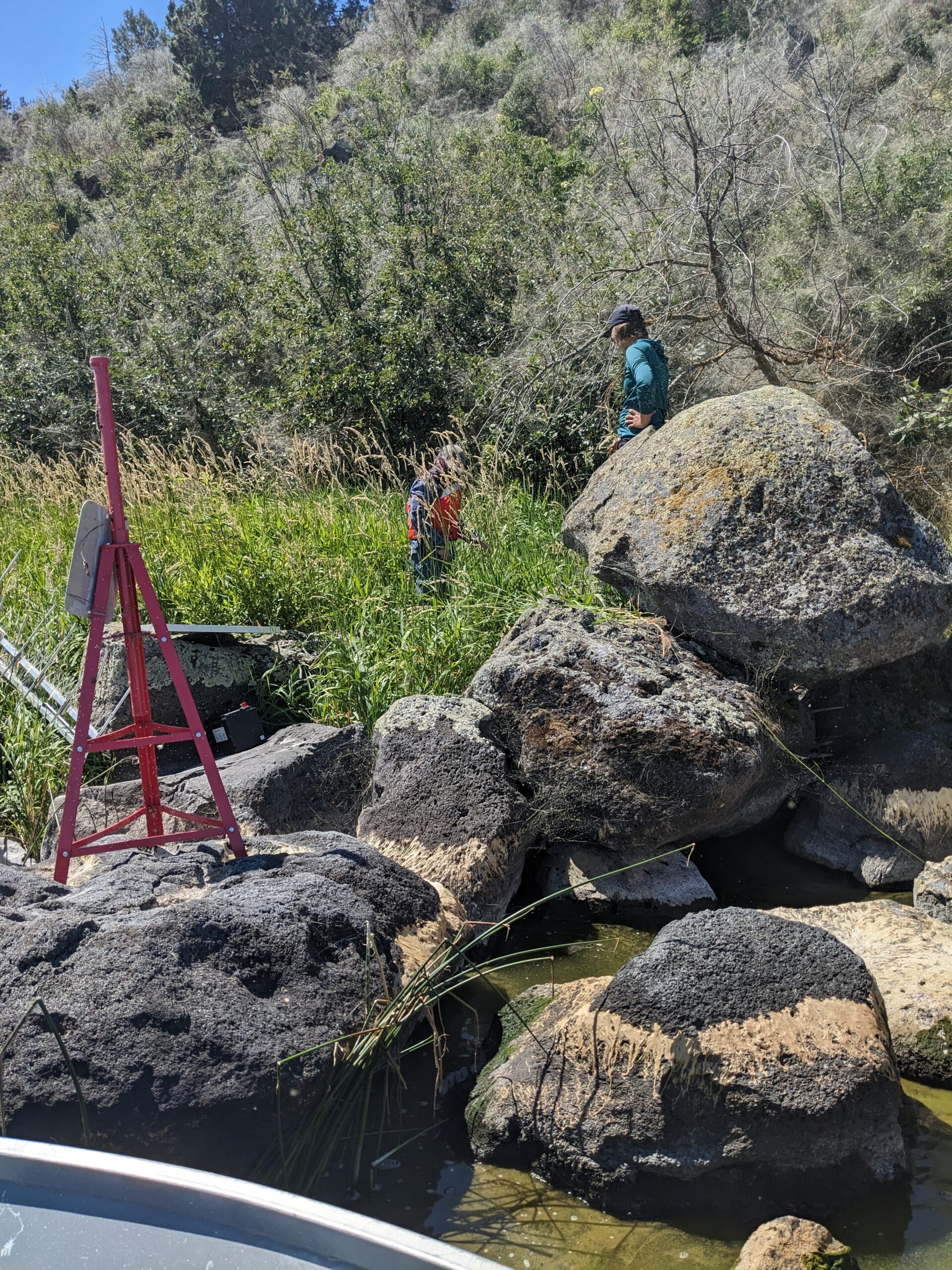Thus far, August has been the most profitable month for seed collection. We are finding that most of our populations are nearly ready, already collectable, or past at this point in the season. This makes for two quite scattered seed collectors! It’s difficult to be in many places at once, and seemingly more difficult to make a decision about where is the most profitable place to spend our days. Of course, there is some rhyme and reason to it all; we consider the location of the population (elevation, moist/dry area, shaded or exposed), the timing of flowering/seeding of other populations in the area or other populations of the same species, and which populations to prioritize based on size/profitability as well as species we may have already collected enough populations. Despite knowing to consider all these different factors, it is still possible we may make the wrong call, simply as a result of the highly variable landscapes that exist in and among the Helena-Lewis and Clark National Forests.
We do not, however, let this get us down!
We are professionals in our field with the knowledge that each of us is doing the very best that we can to accomplish this incredibly important work we have been called to do. We work with the knowledge that there is no ‘one size fits all’ for this type of work, as there are many factors out of our control, especially as we make our way into fall and the rainy season.
In an effort to combat these highly variable factors and put our knowledge as native plant materials collectors to good use, we have called on some backup. Fortunately for us, the Wildlife crew that works out of the same office as us has had a bit of a lull in work between projects at the very moment that we are experiencing the height of our season. It has been awfully convenient to the point that I wonder if maybe it was planned this way by our very experienced boss. In reality, I think luck would just have it that way. Regardless, this recruitment of even just two (sometimes four) extra individuals really increases the flow and productivity of our work. Typically, my counterpart and I will split up and each take one to two extra individuals with us to separate locations/populations that are in need of collection. This allows us to cover more ground in a timely manner, taking advantage of ripe seed crops as they become available, because, well, they don’t typically wait!
This addition of extra help is wonderful because we can get more done in a day, however, this is just a small portion of the extent to which this supports our efforts. I also find this addition helpful because it requires us to explain to other very thoughtful and considerate people the ins and outs of collection. Not only does this reiterate the requirements and the procedure for me again, but teaching others about this process inevitably brings up questions or comments from those learning, and gives me another perspective with which to look at the collection scenario at-hand. This is especially helpful when working with our crews here at the Belt Creek Ranger Station because each of them are incredibly attentive and committed to providing their services to the best of their abilities. They are advocates for the forest and its many inhabitants and care deeply for their vigorous persistence into the future. Truly inspiring and thought- provoking individuals alongside whom I am so very delighted to work.


